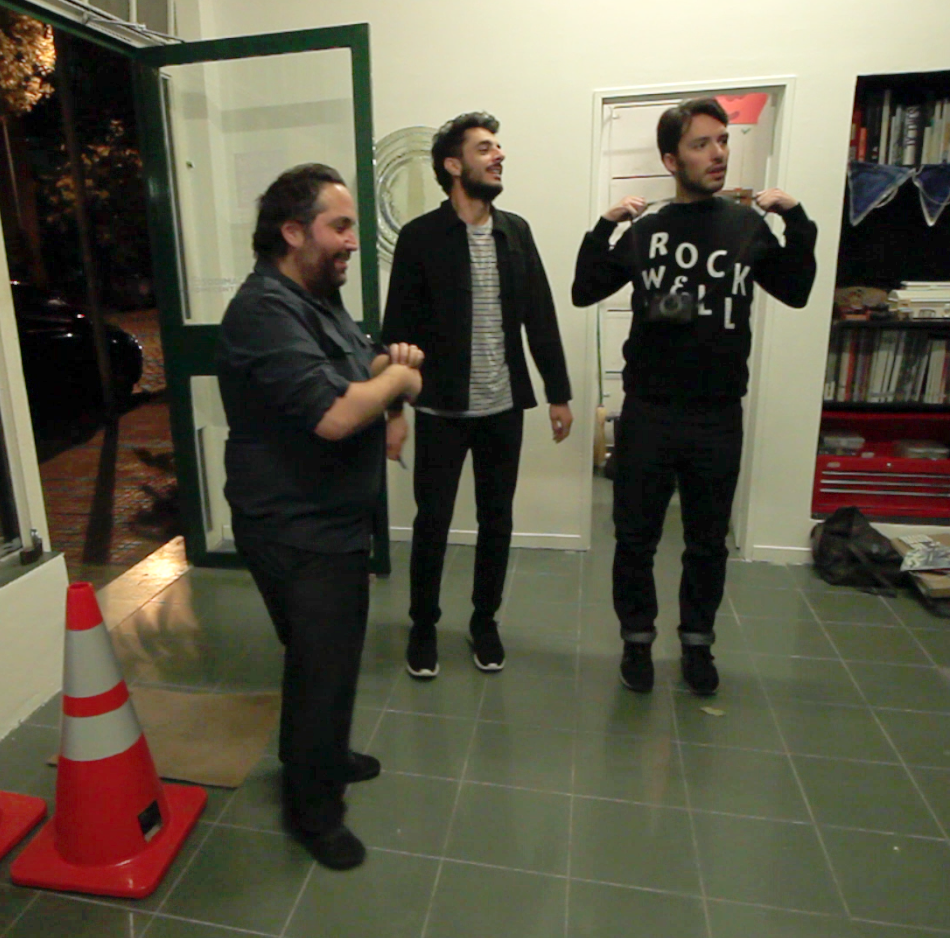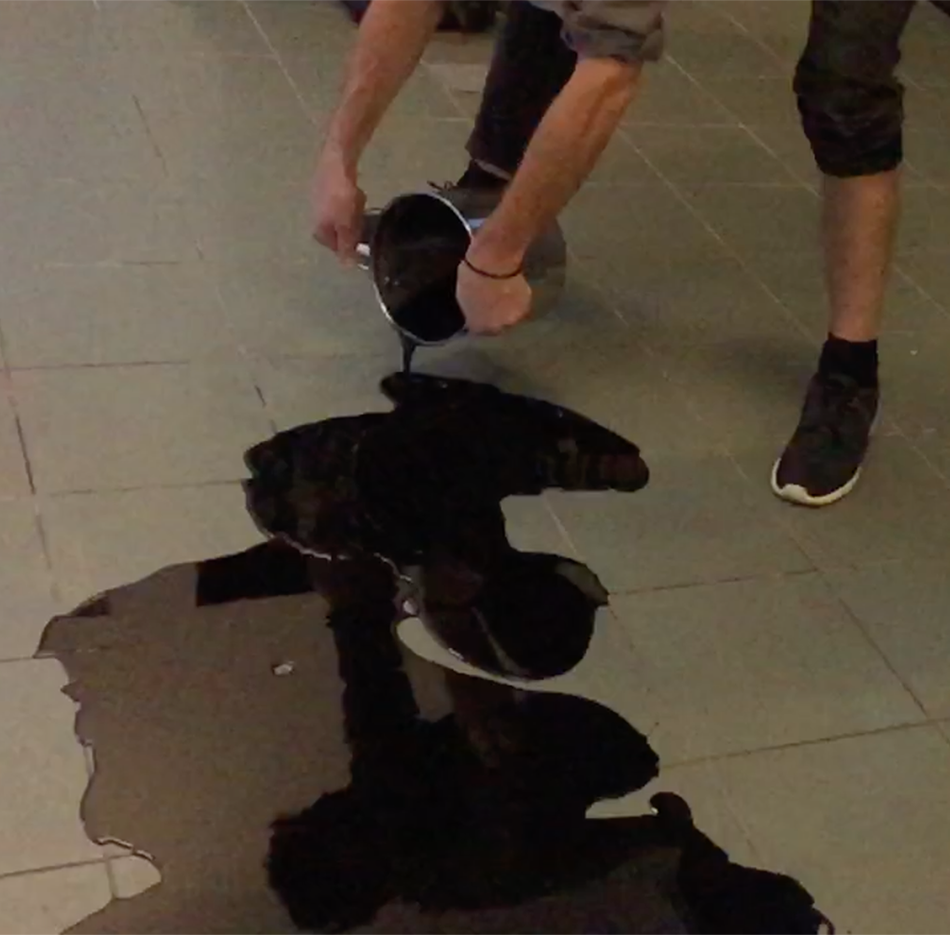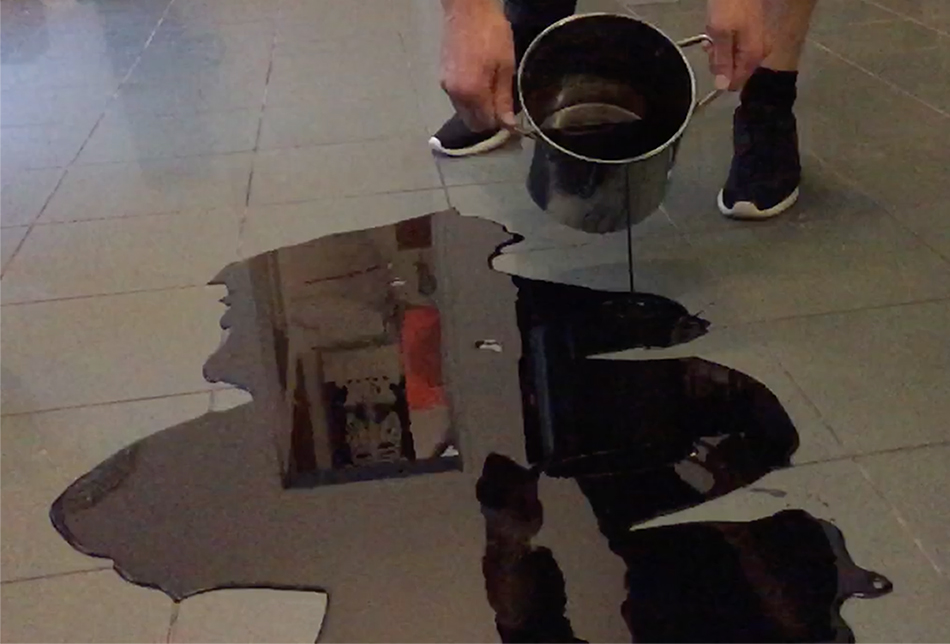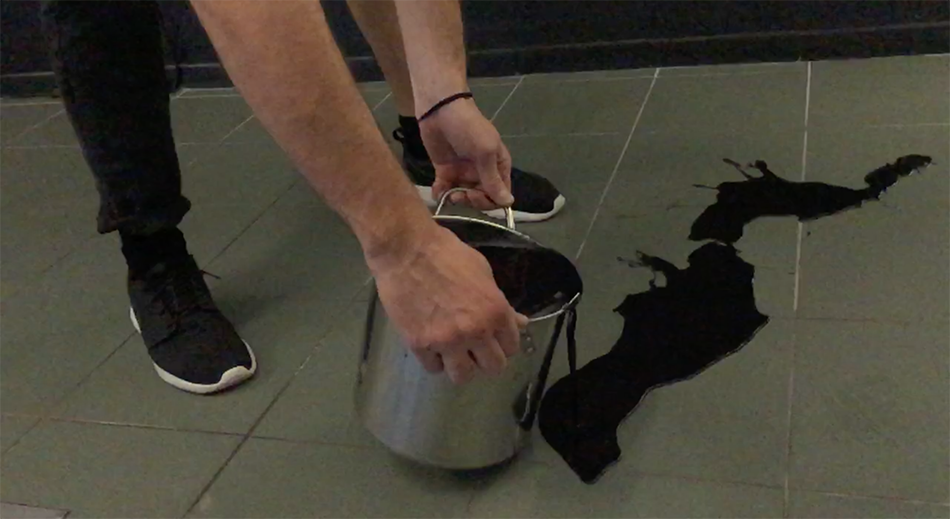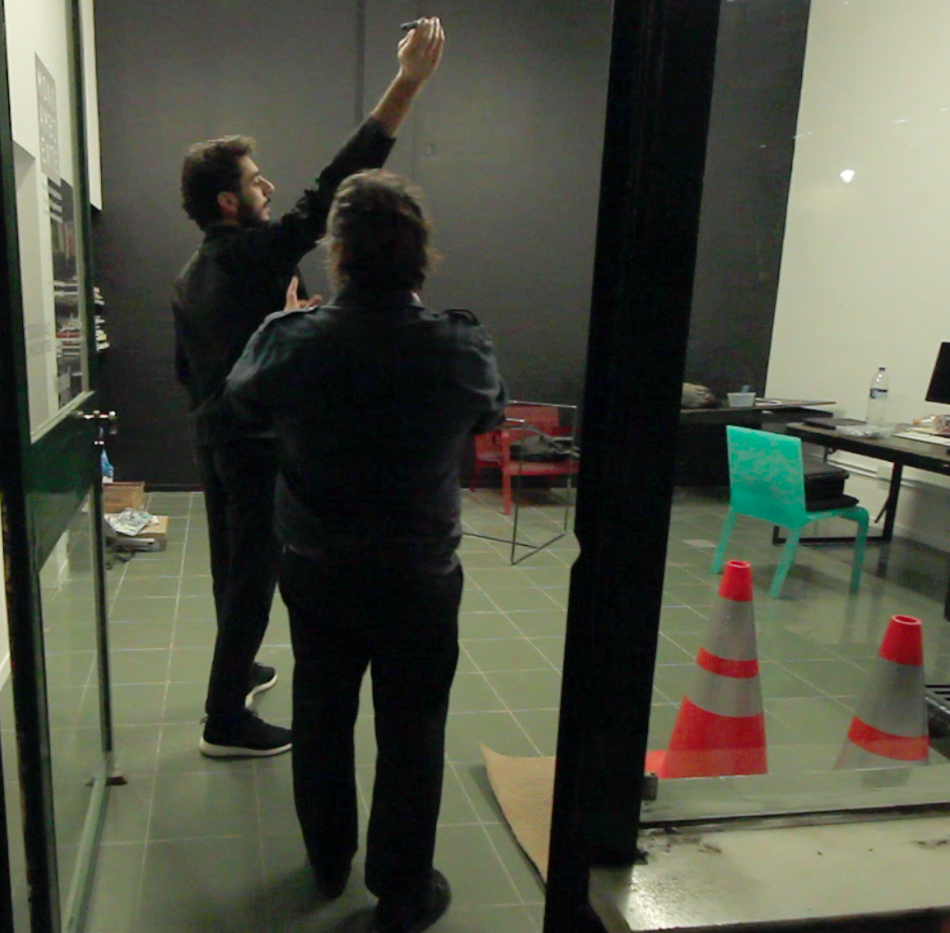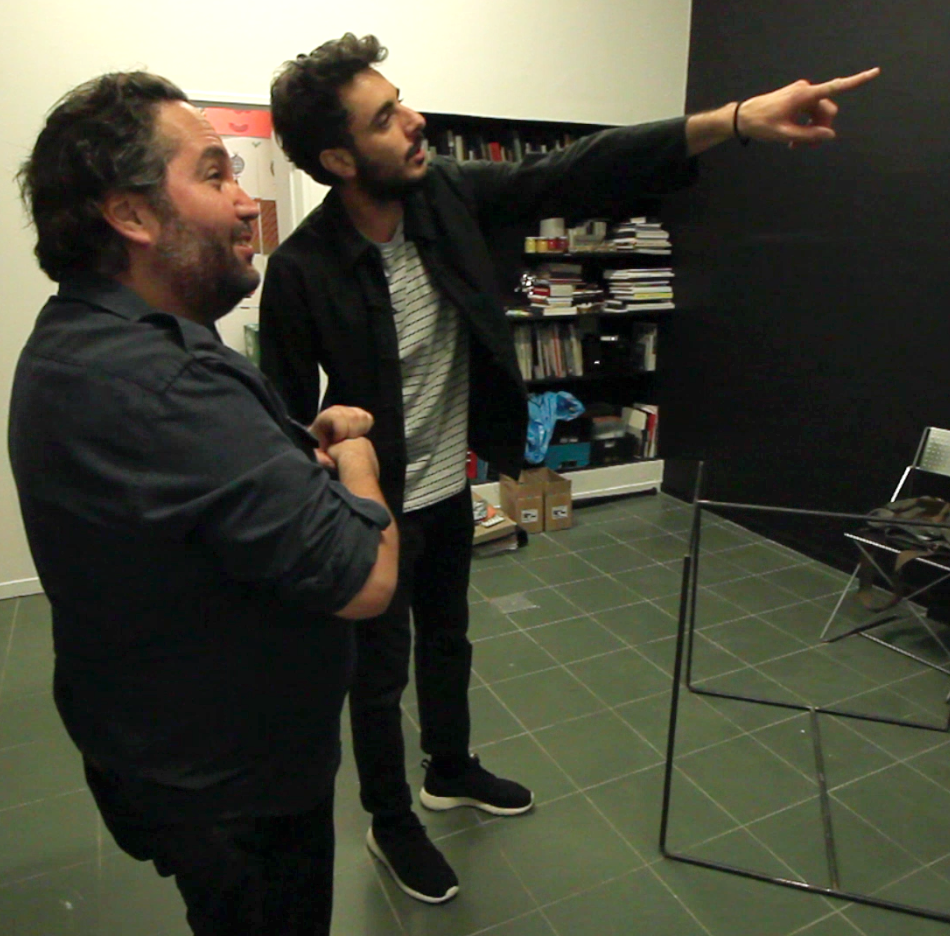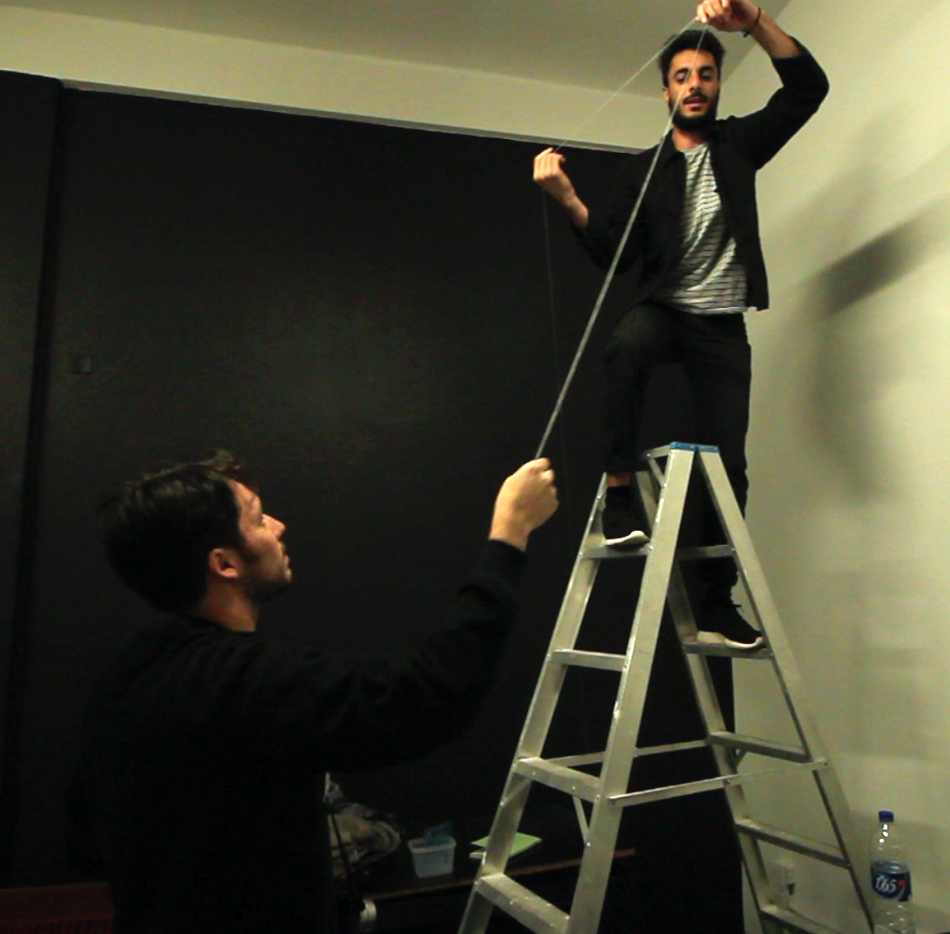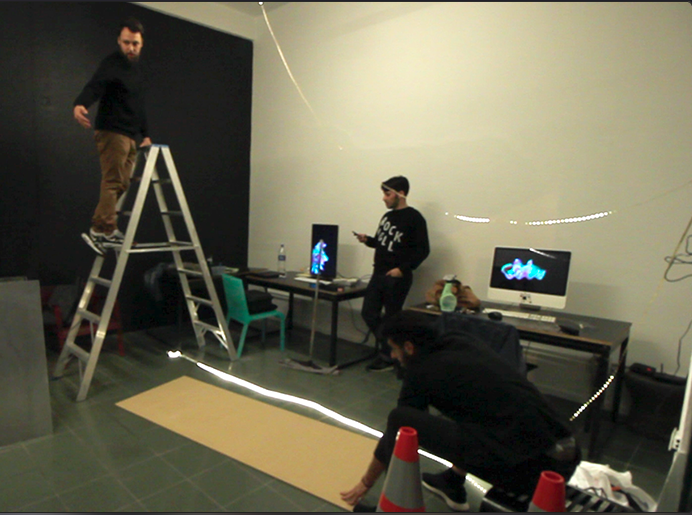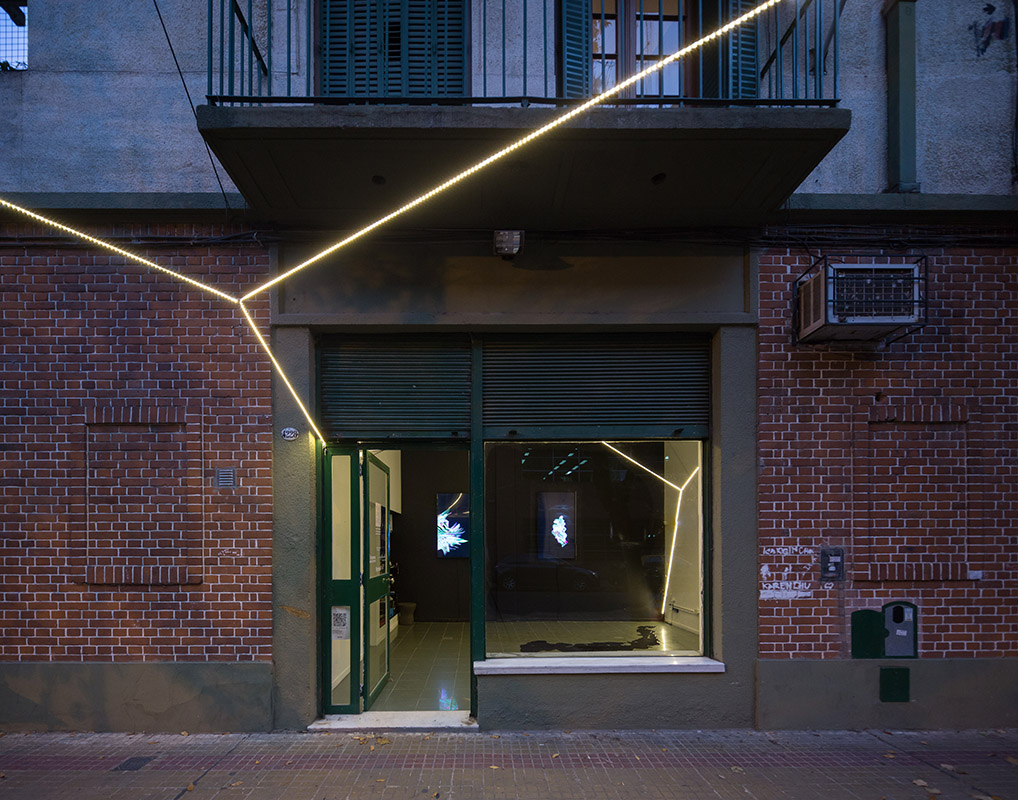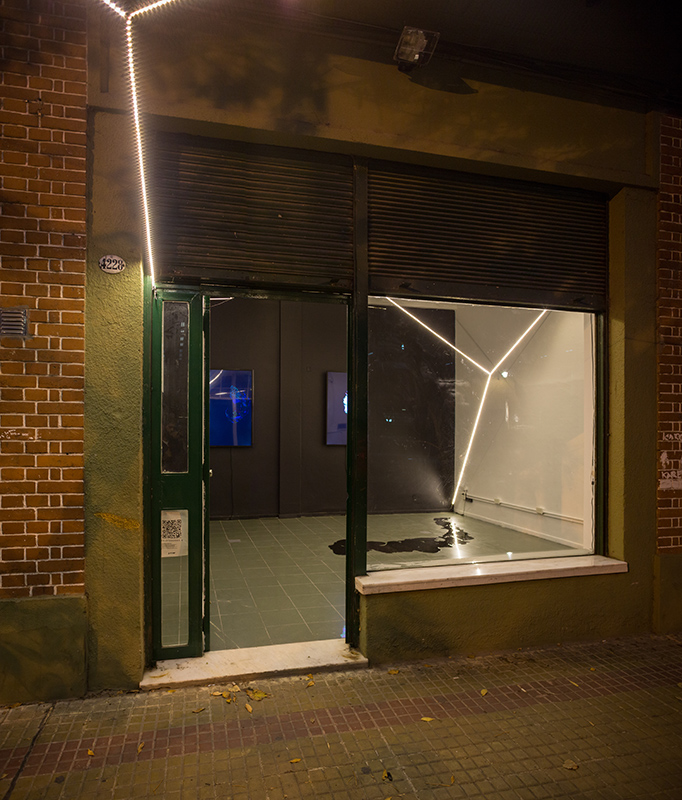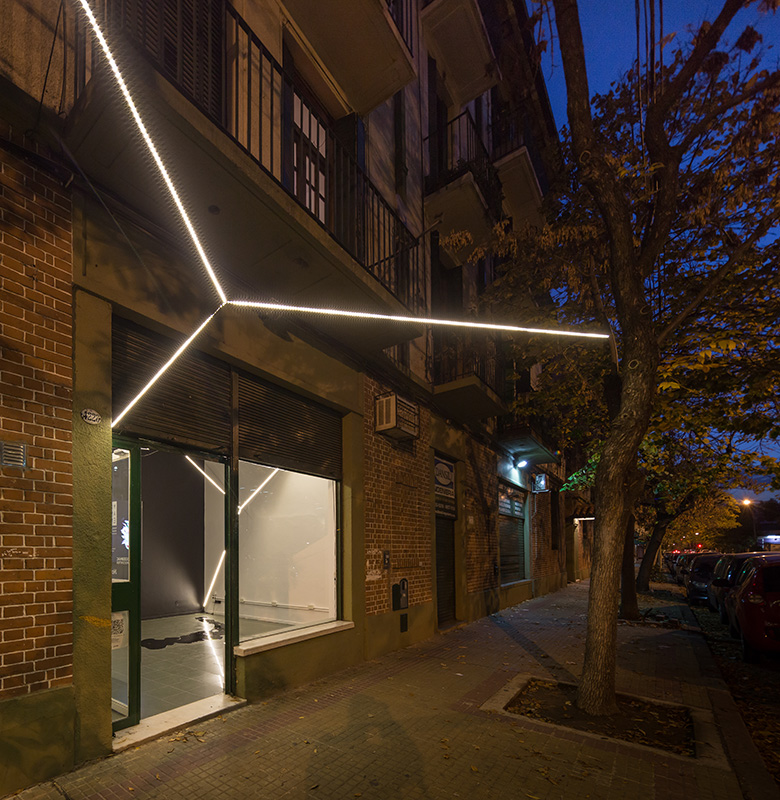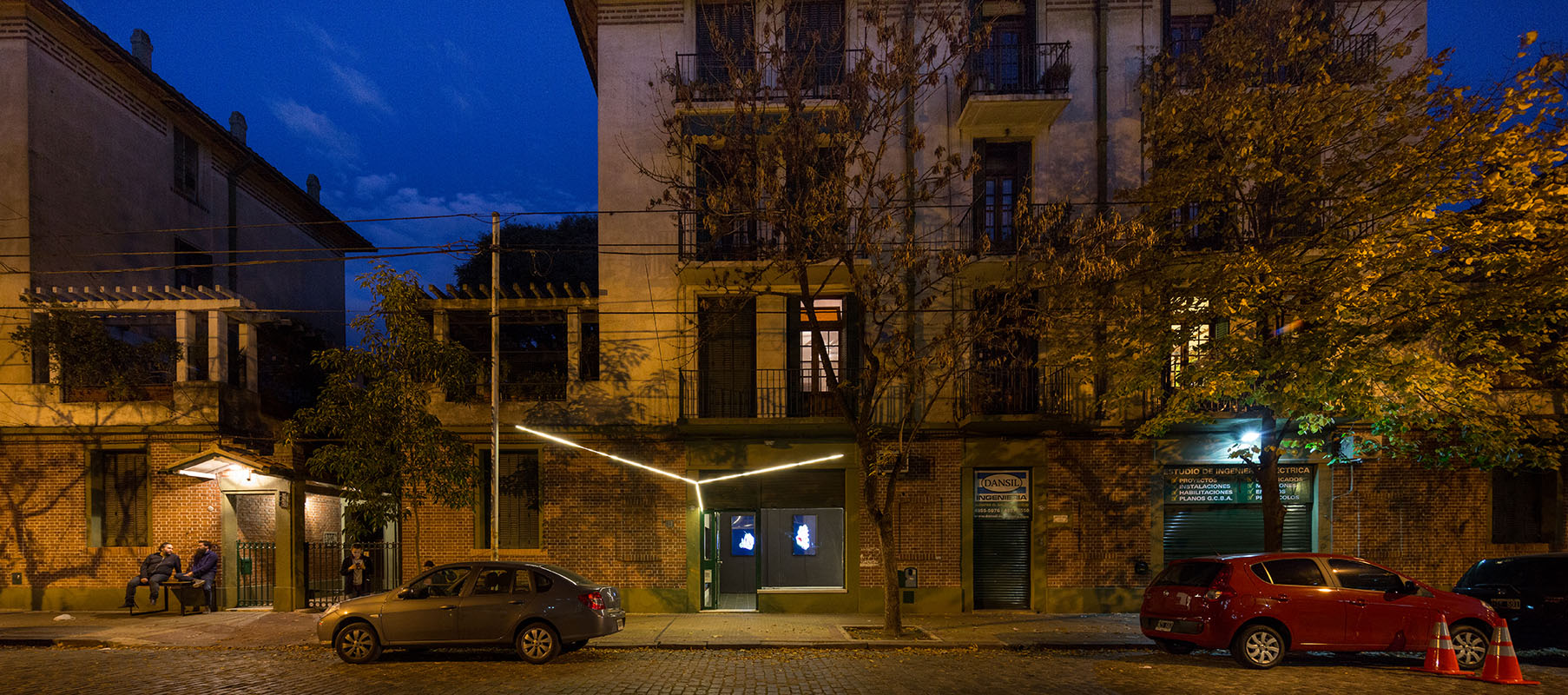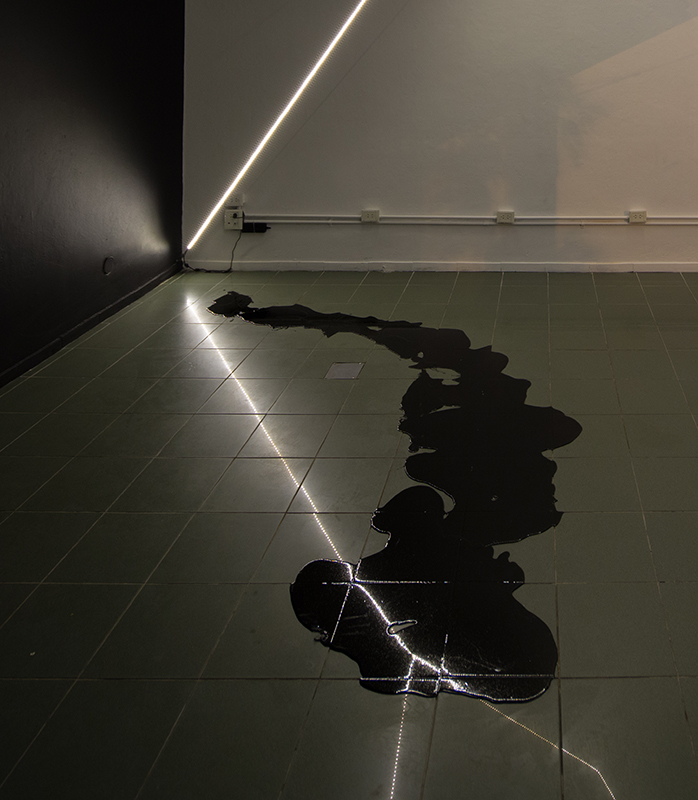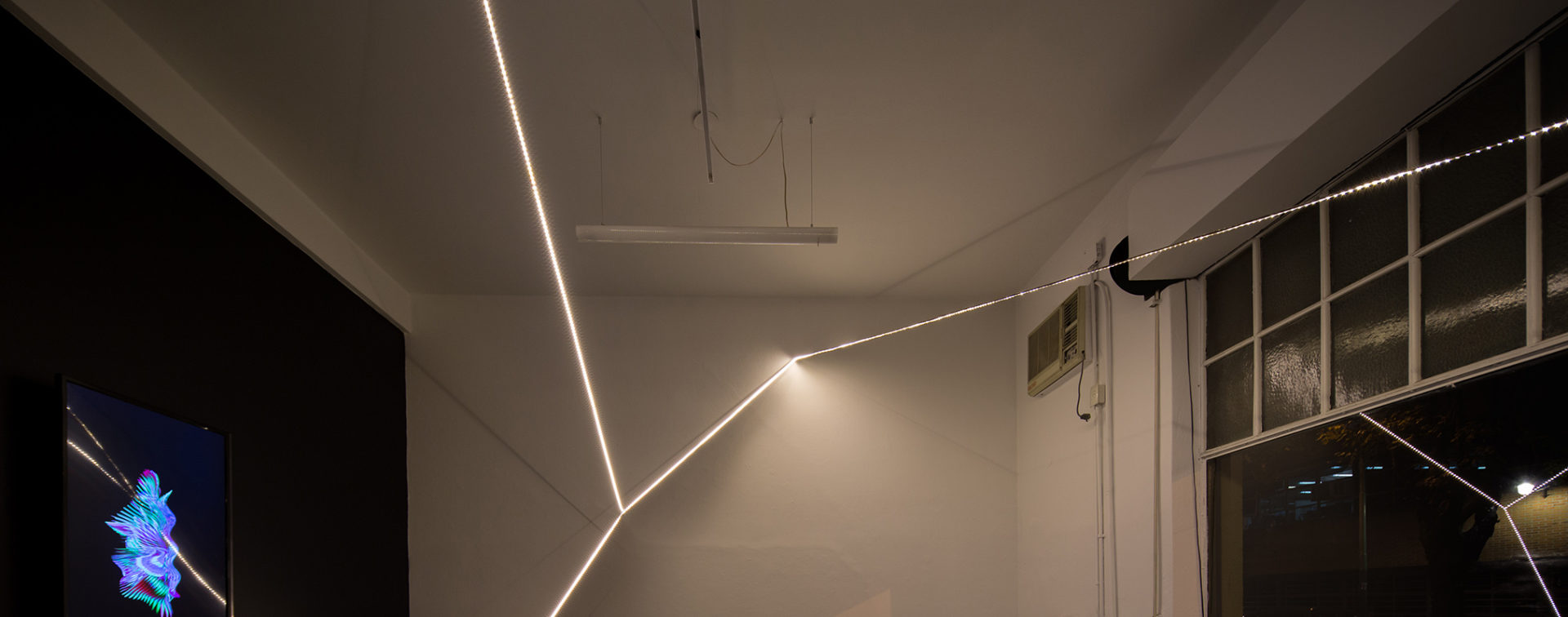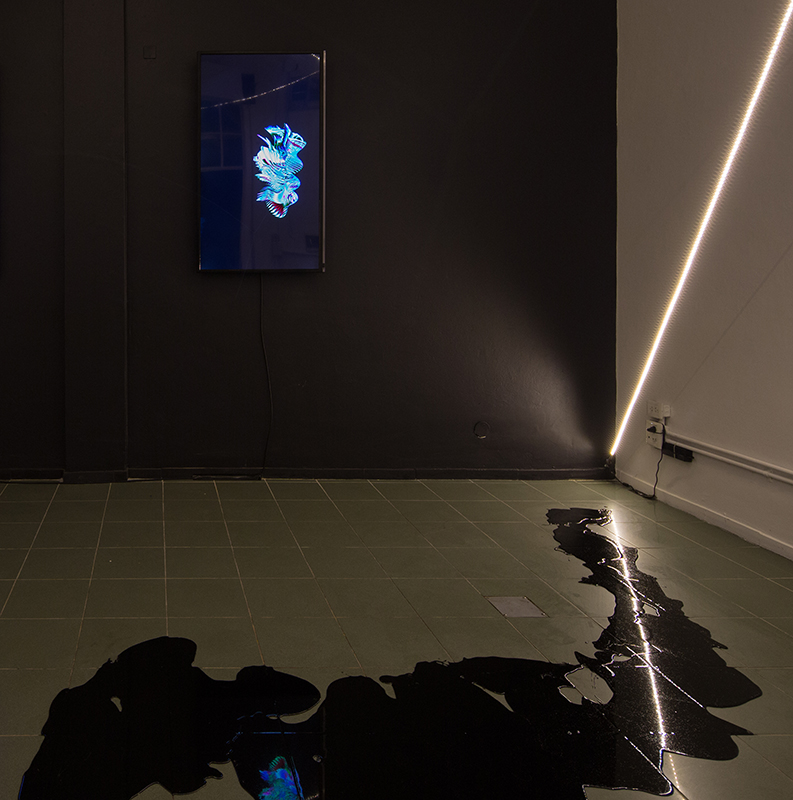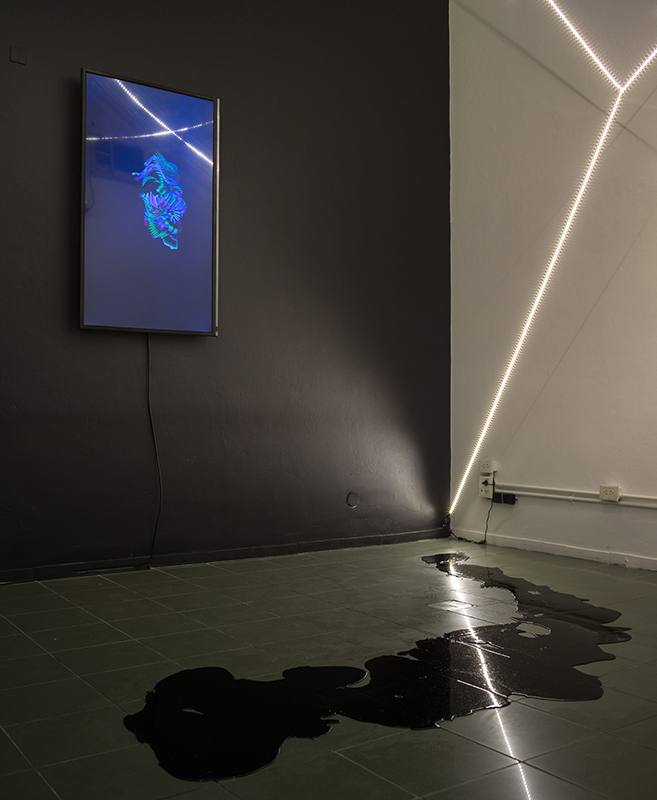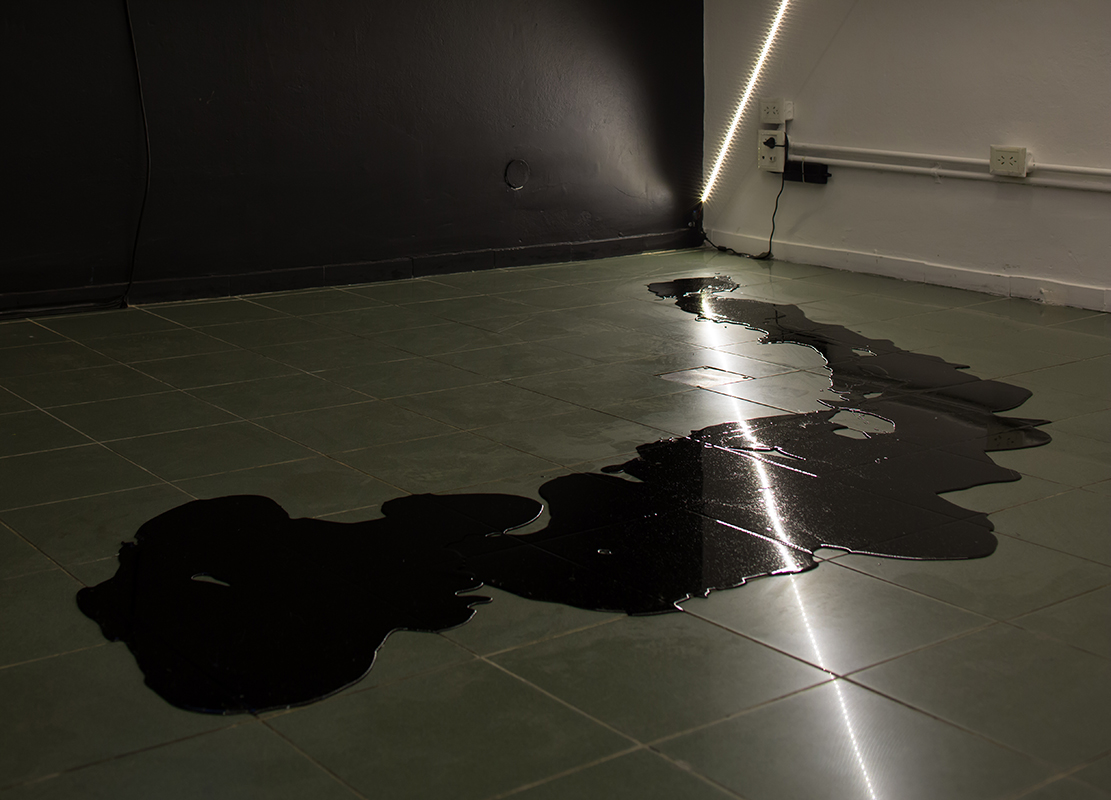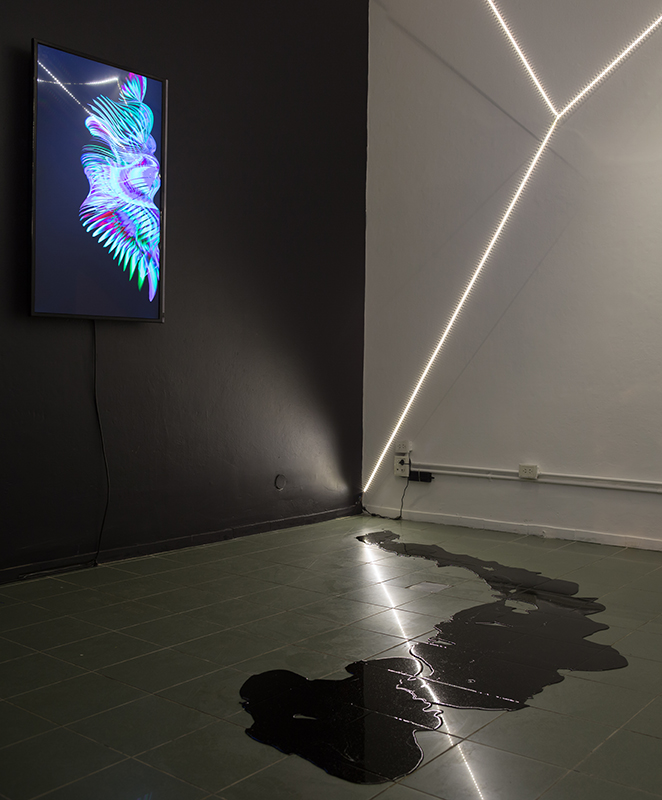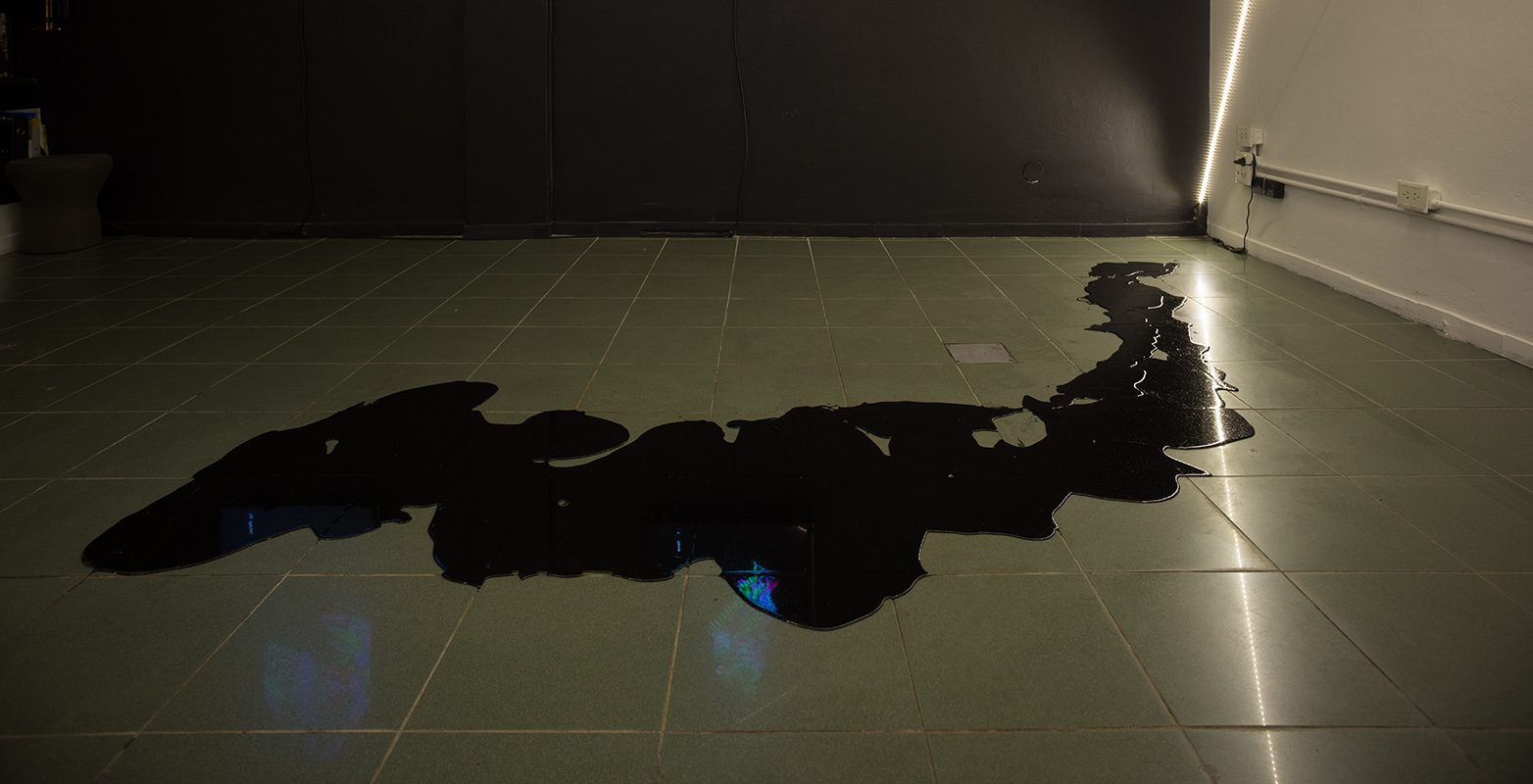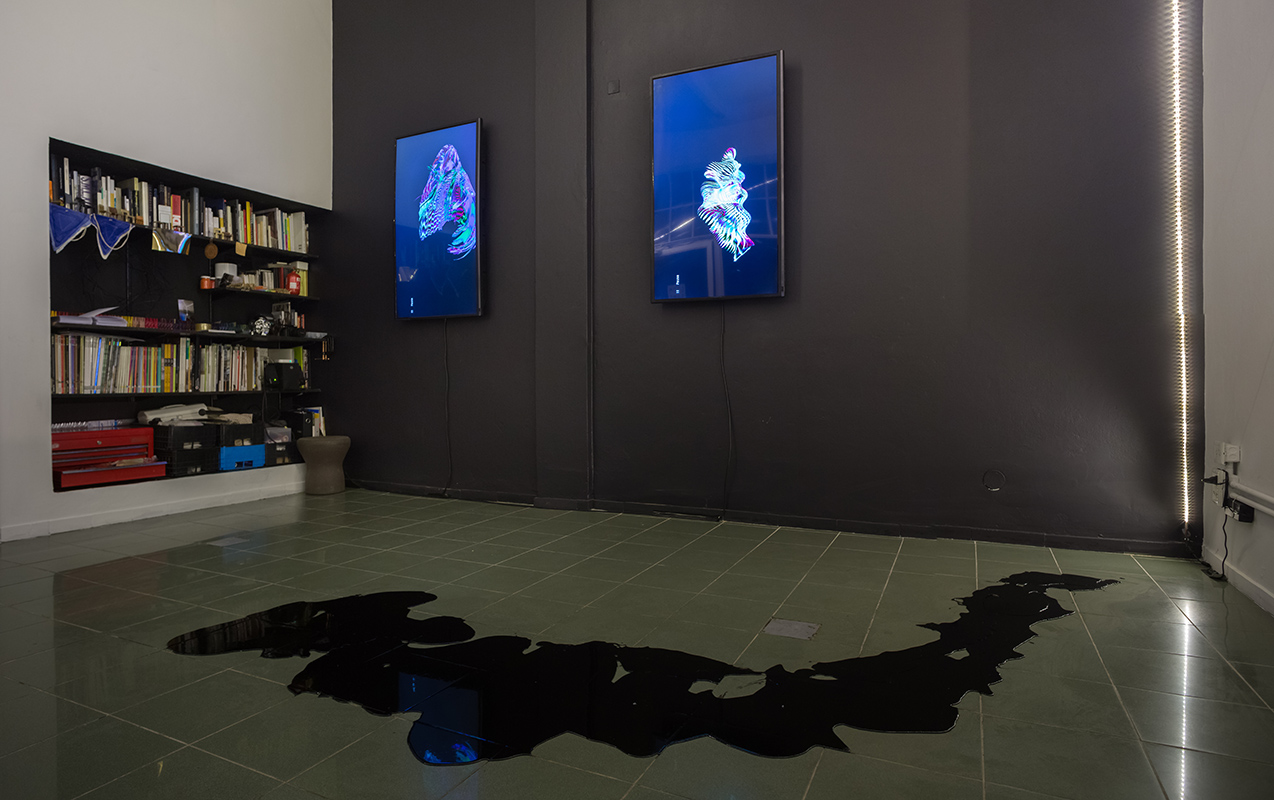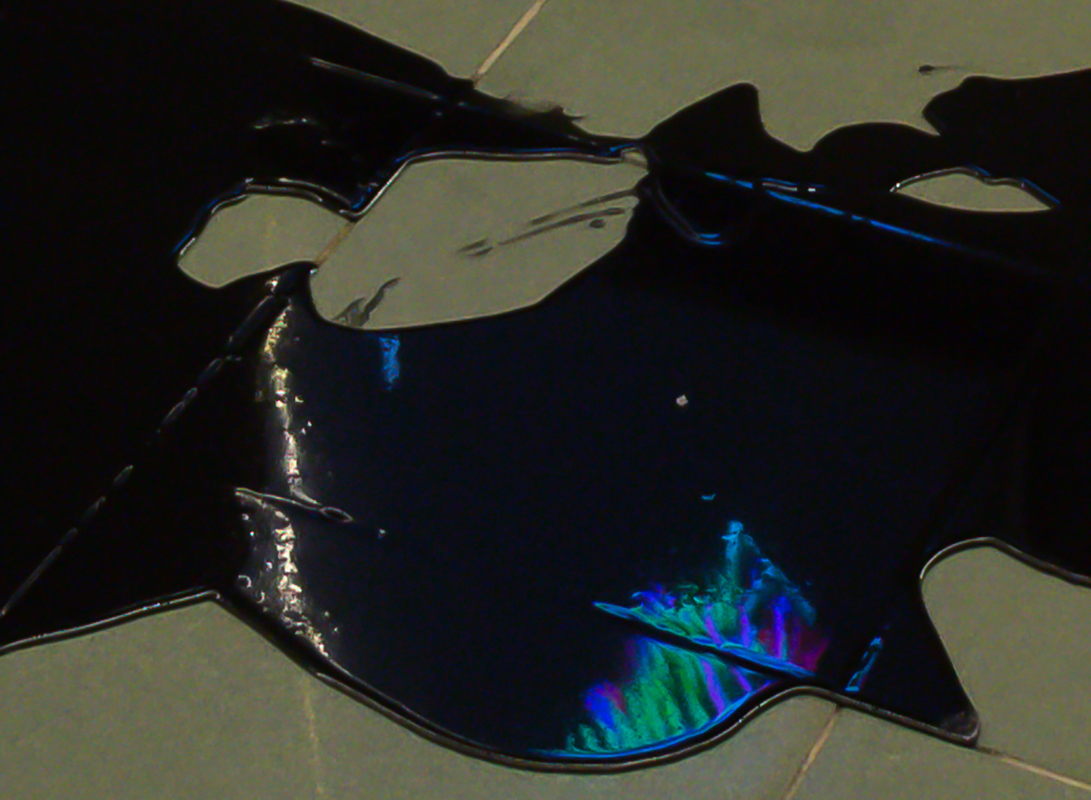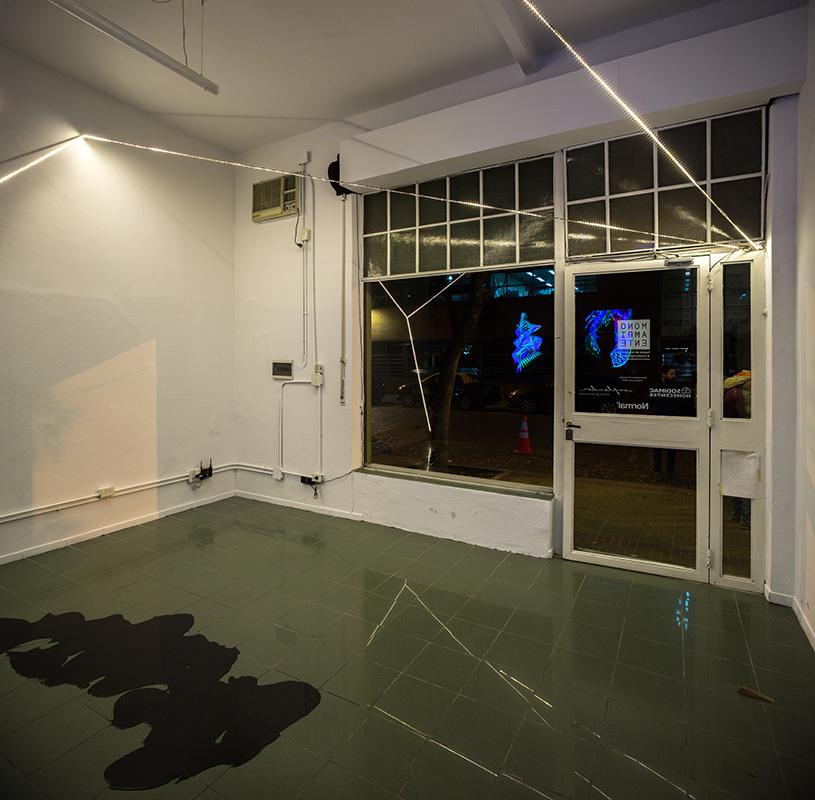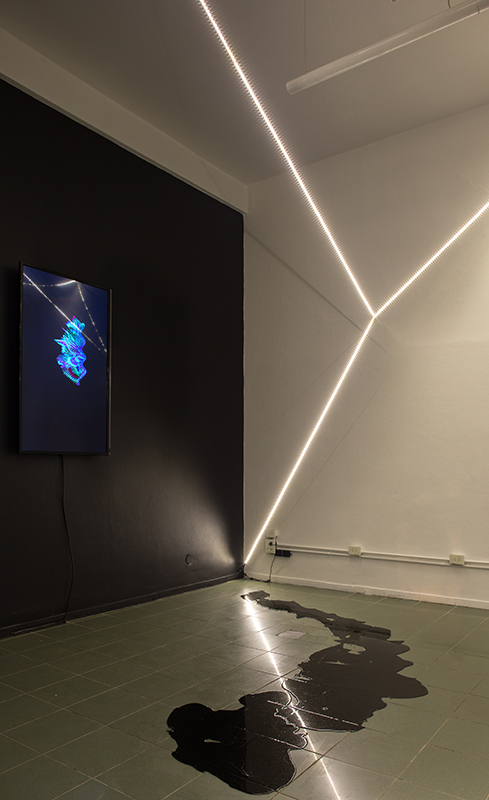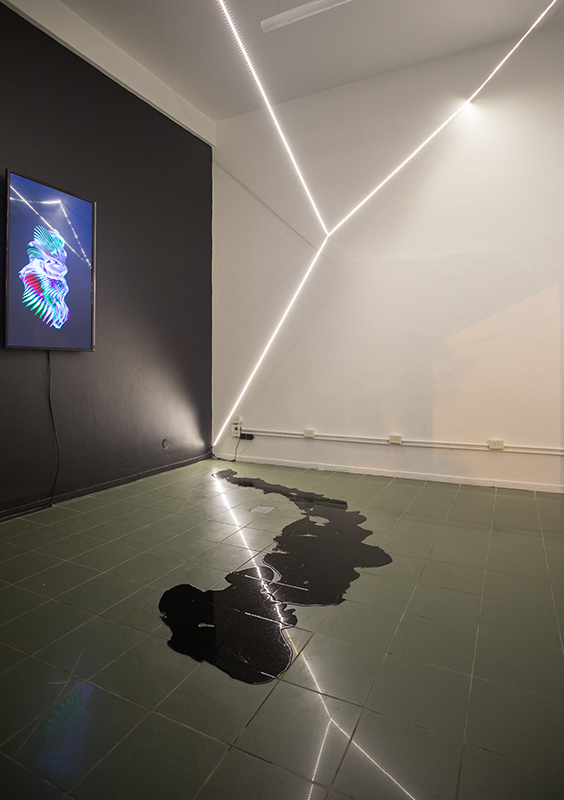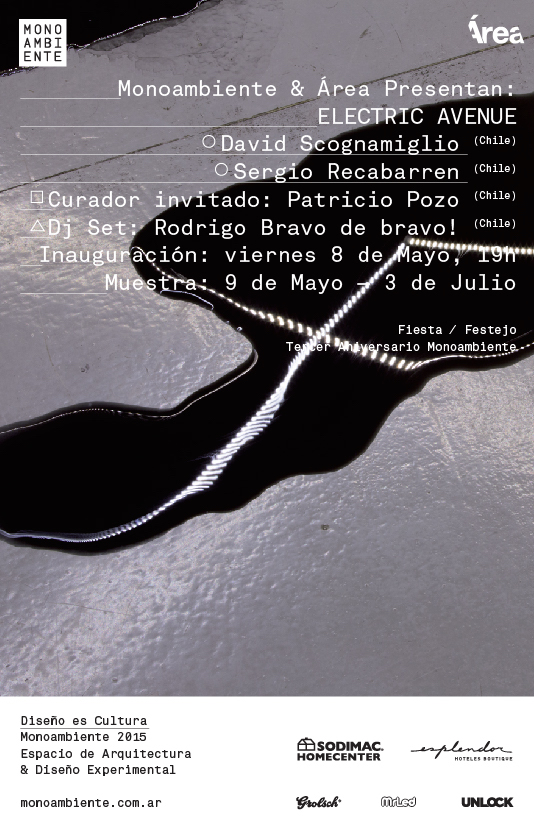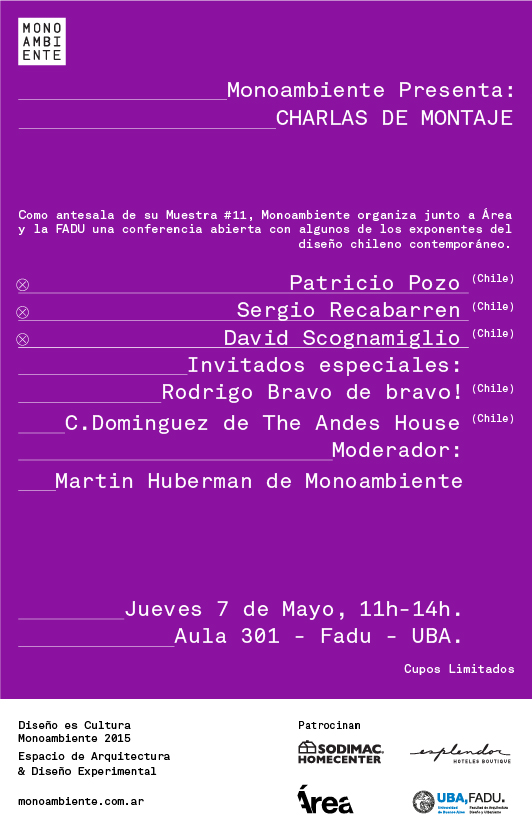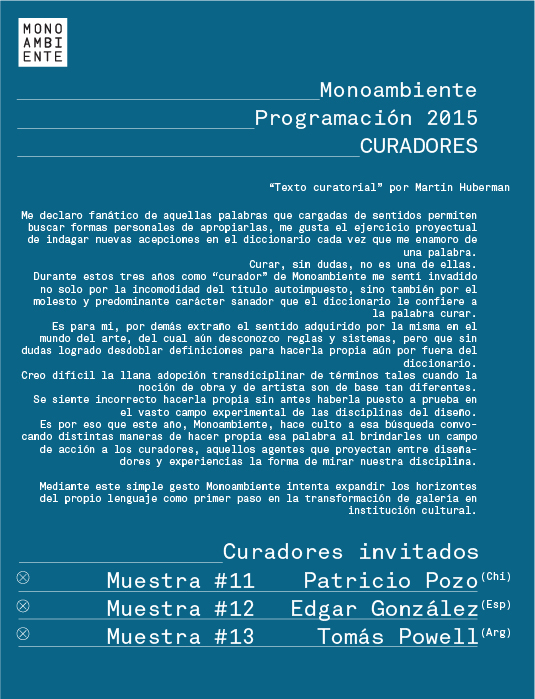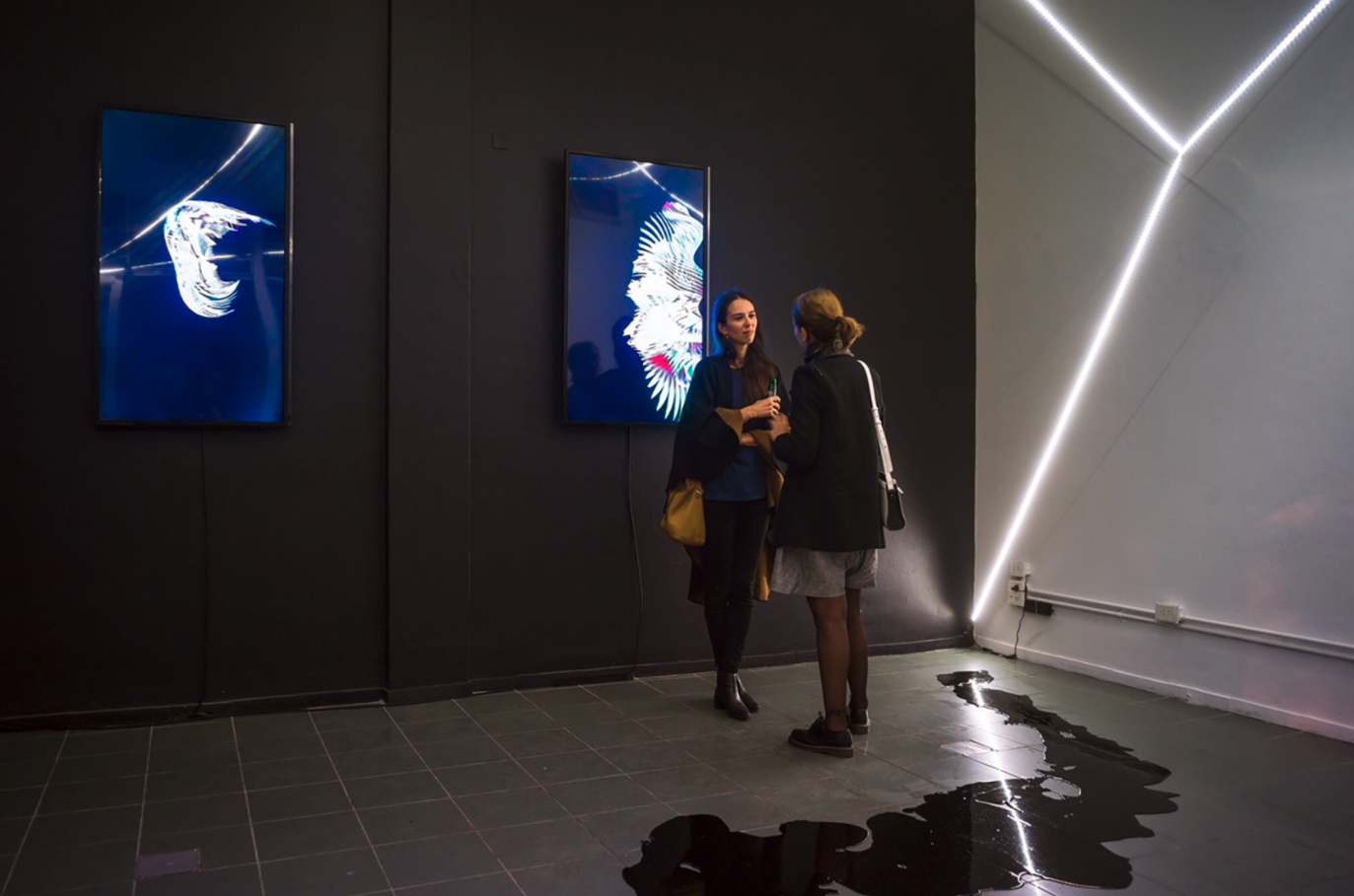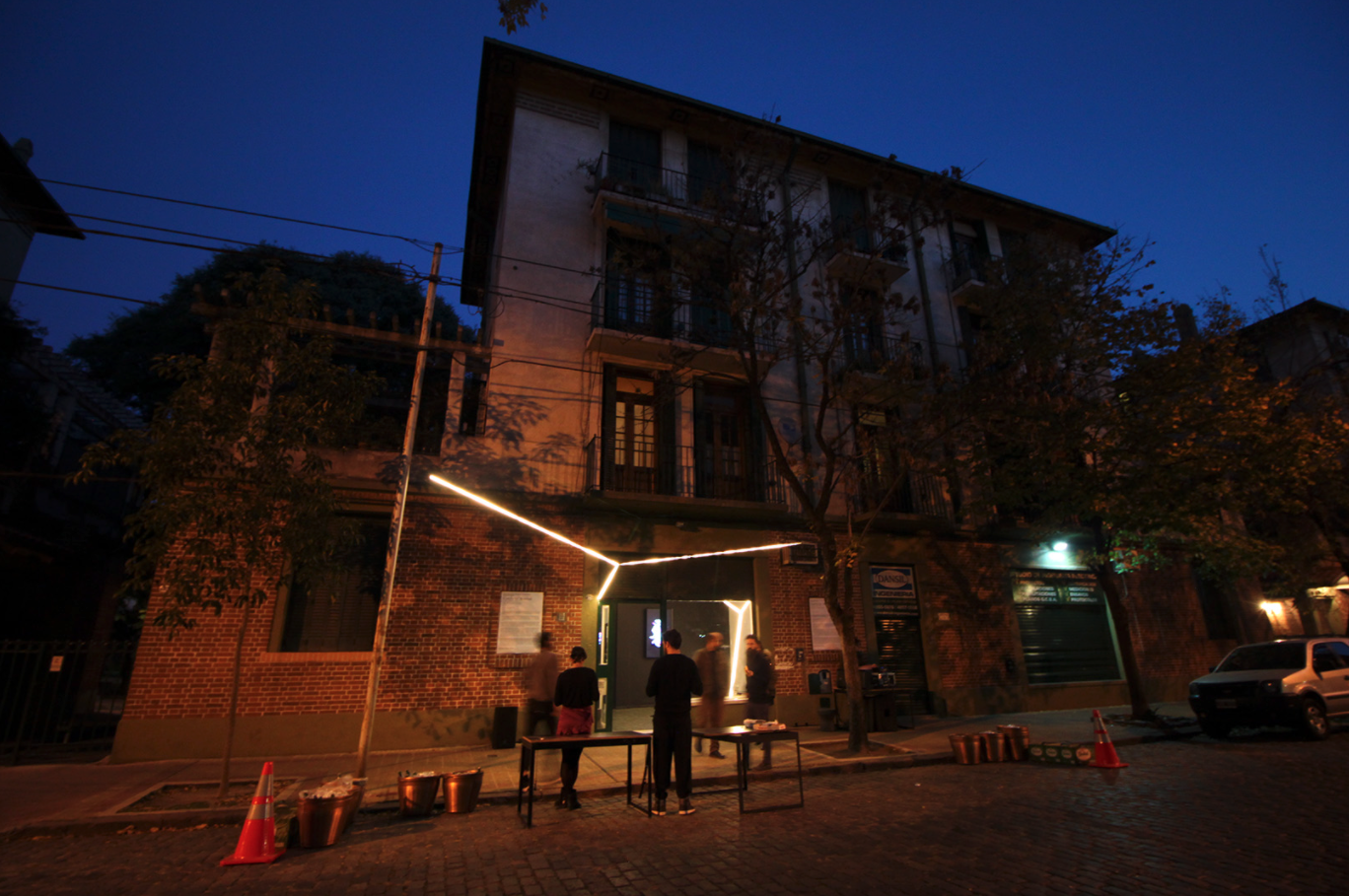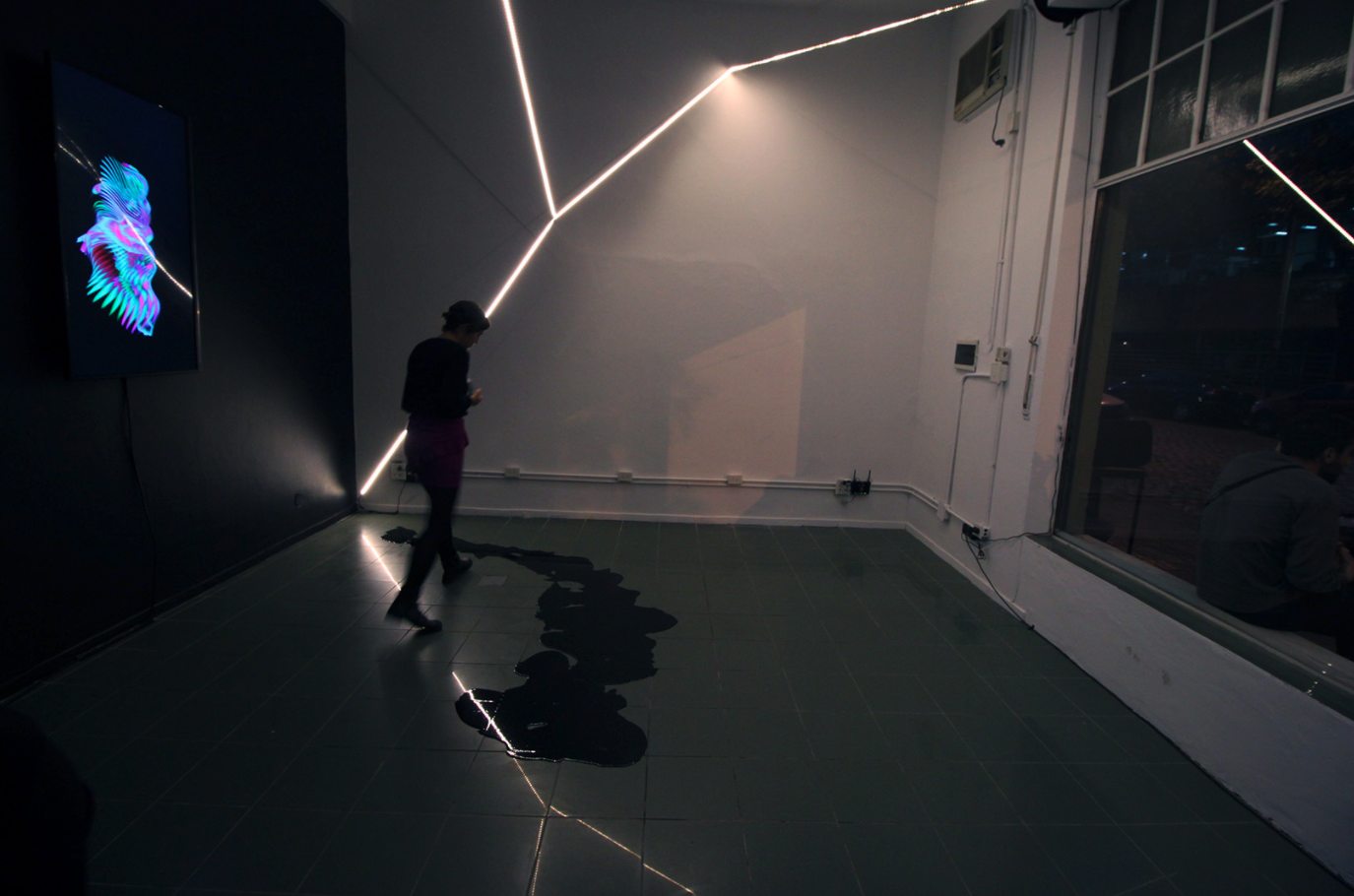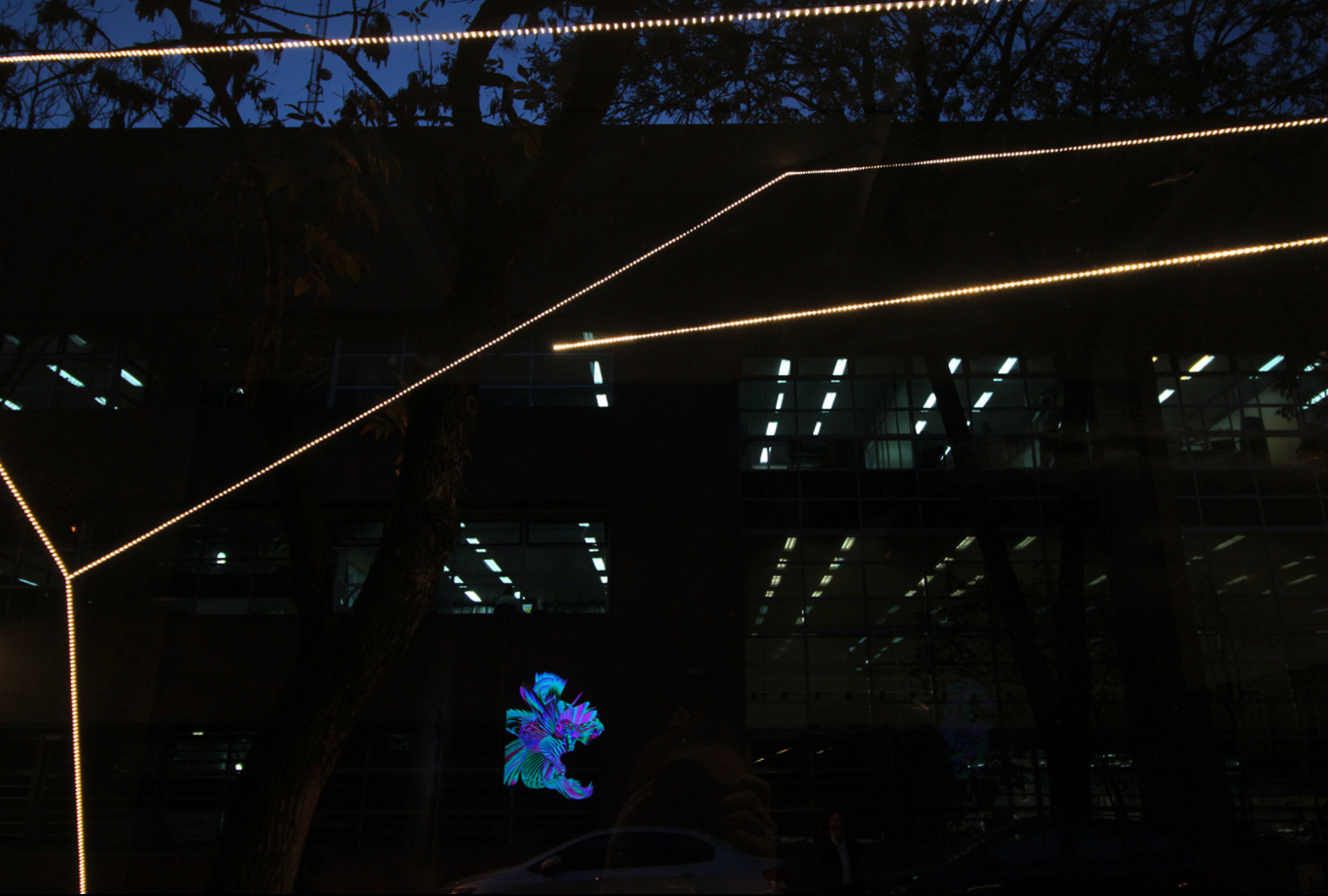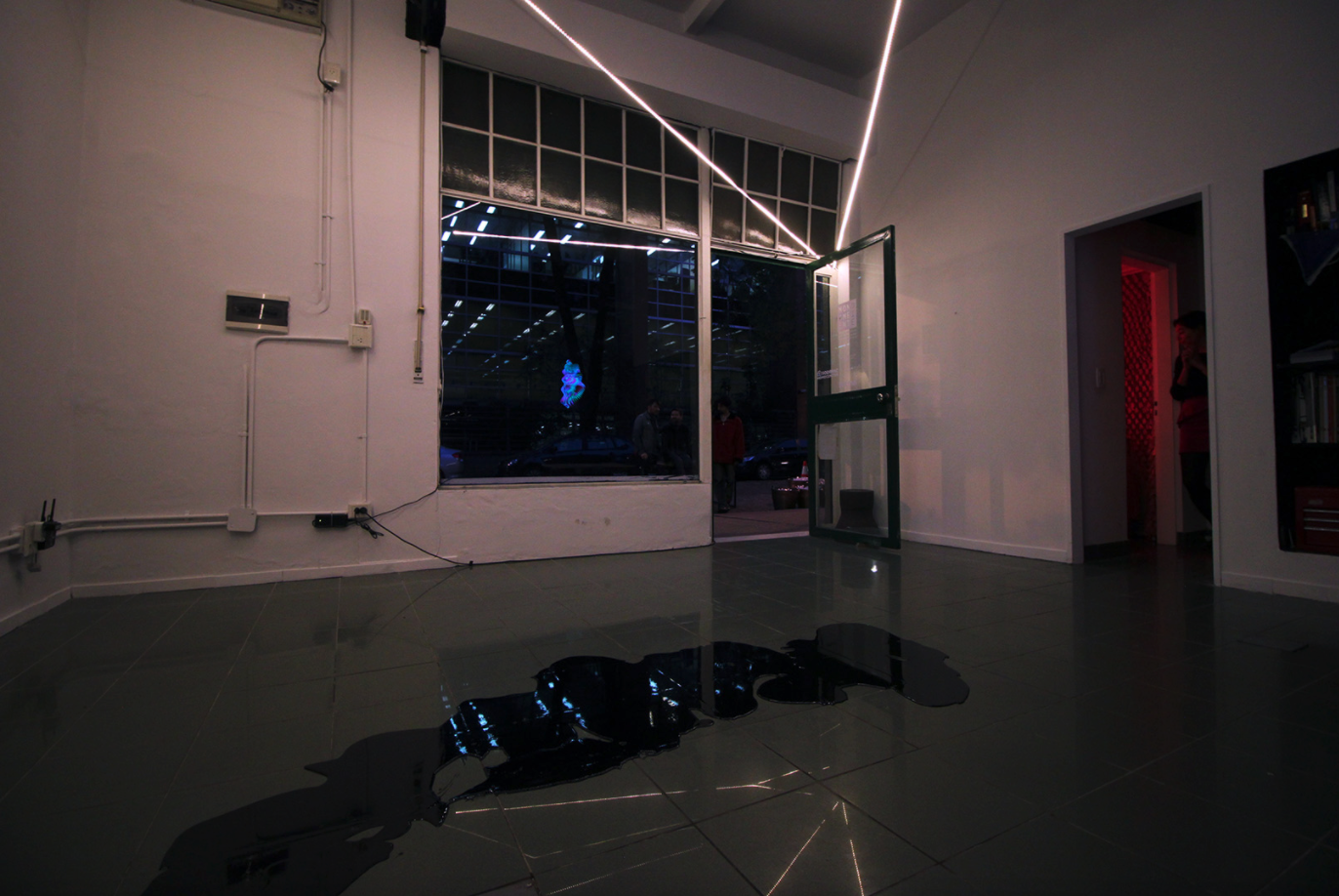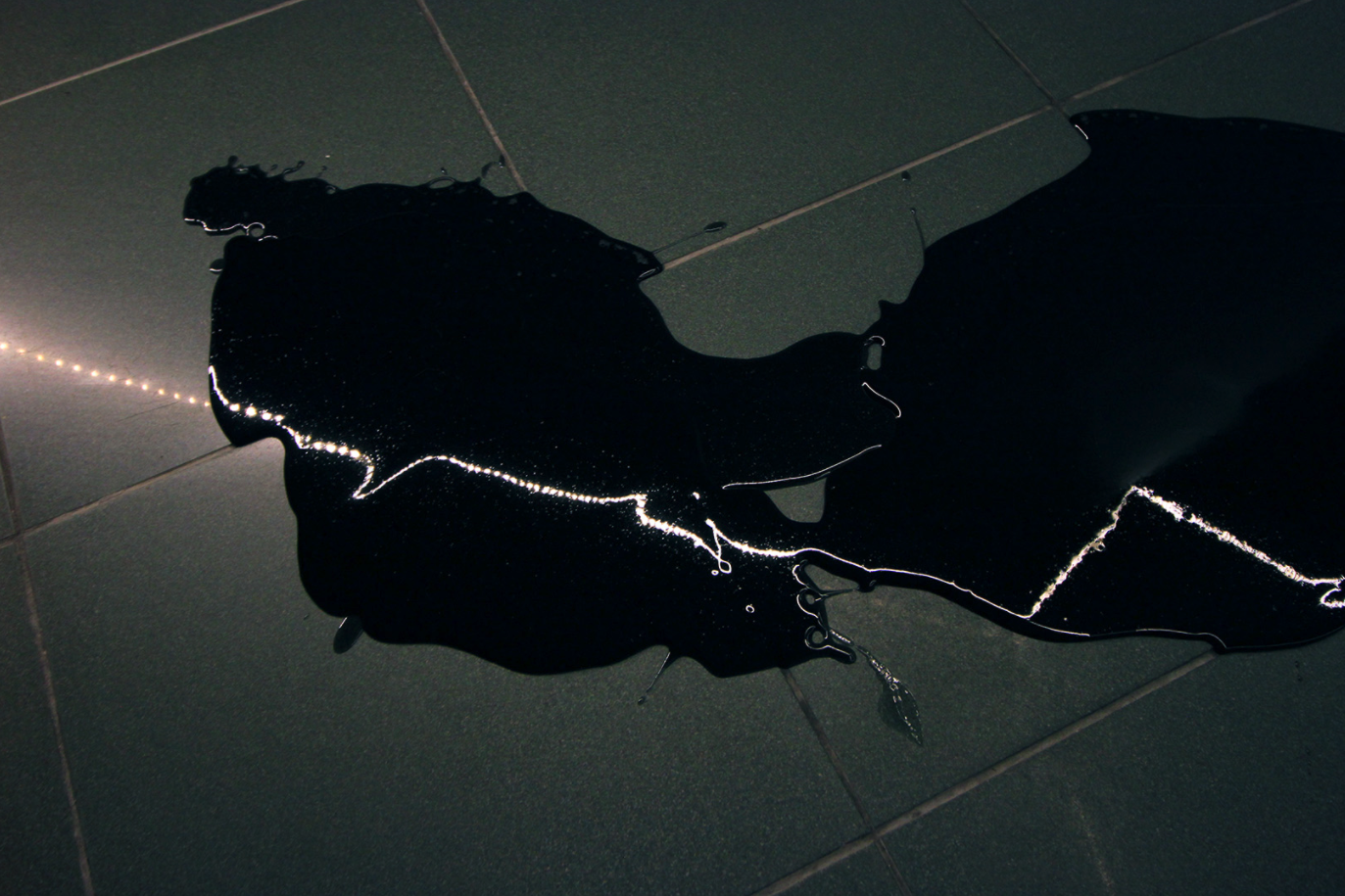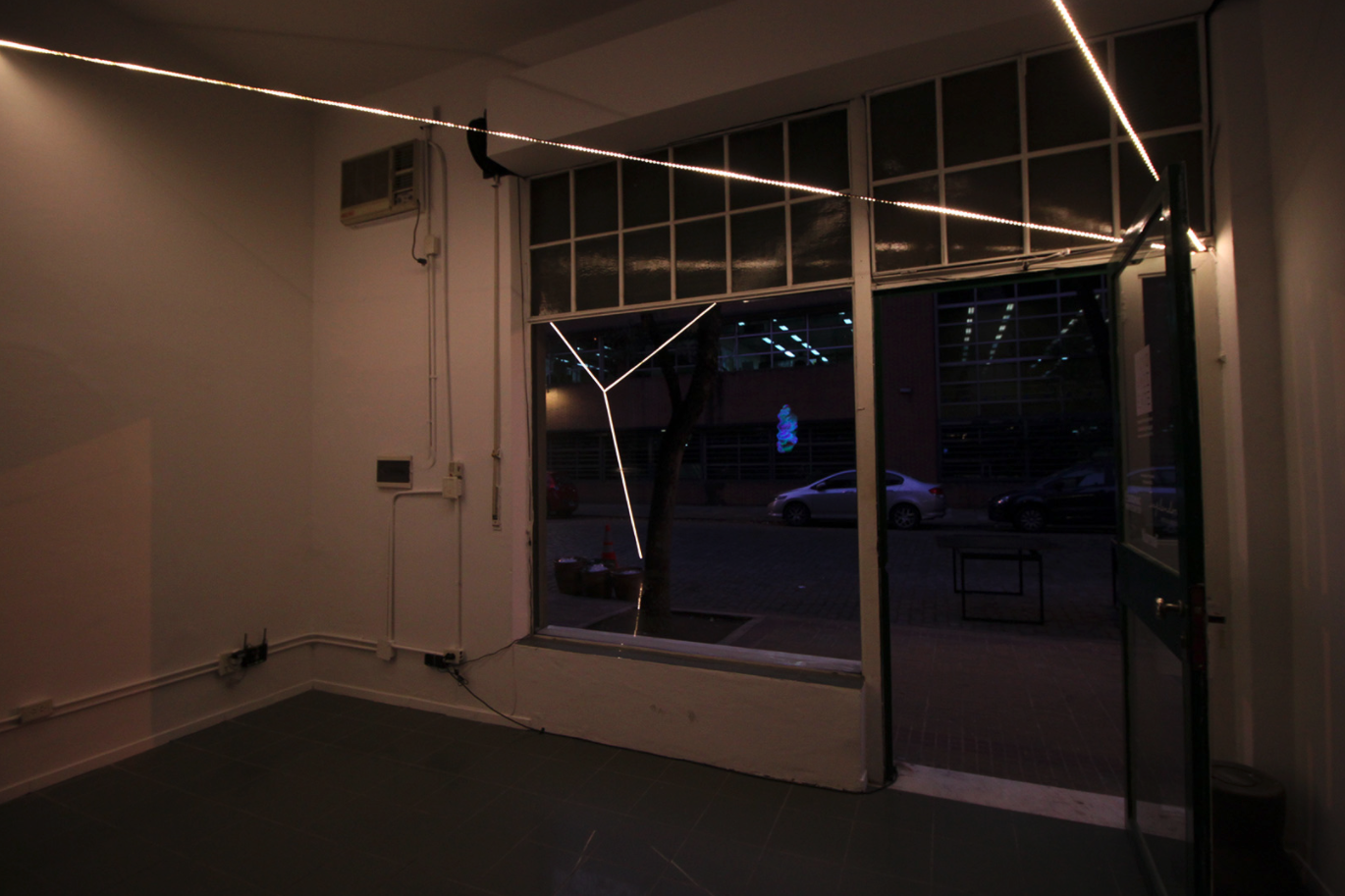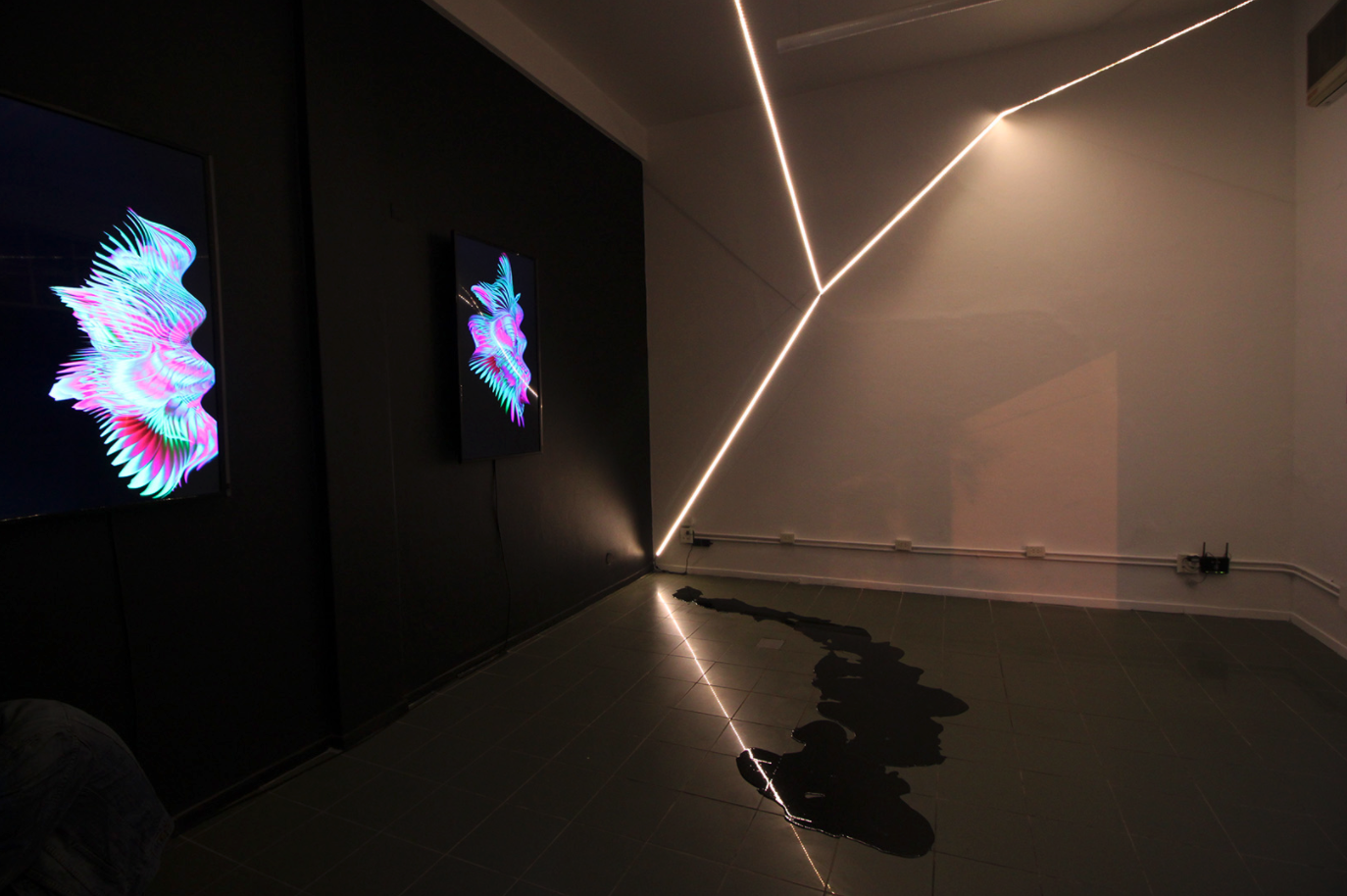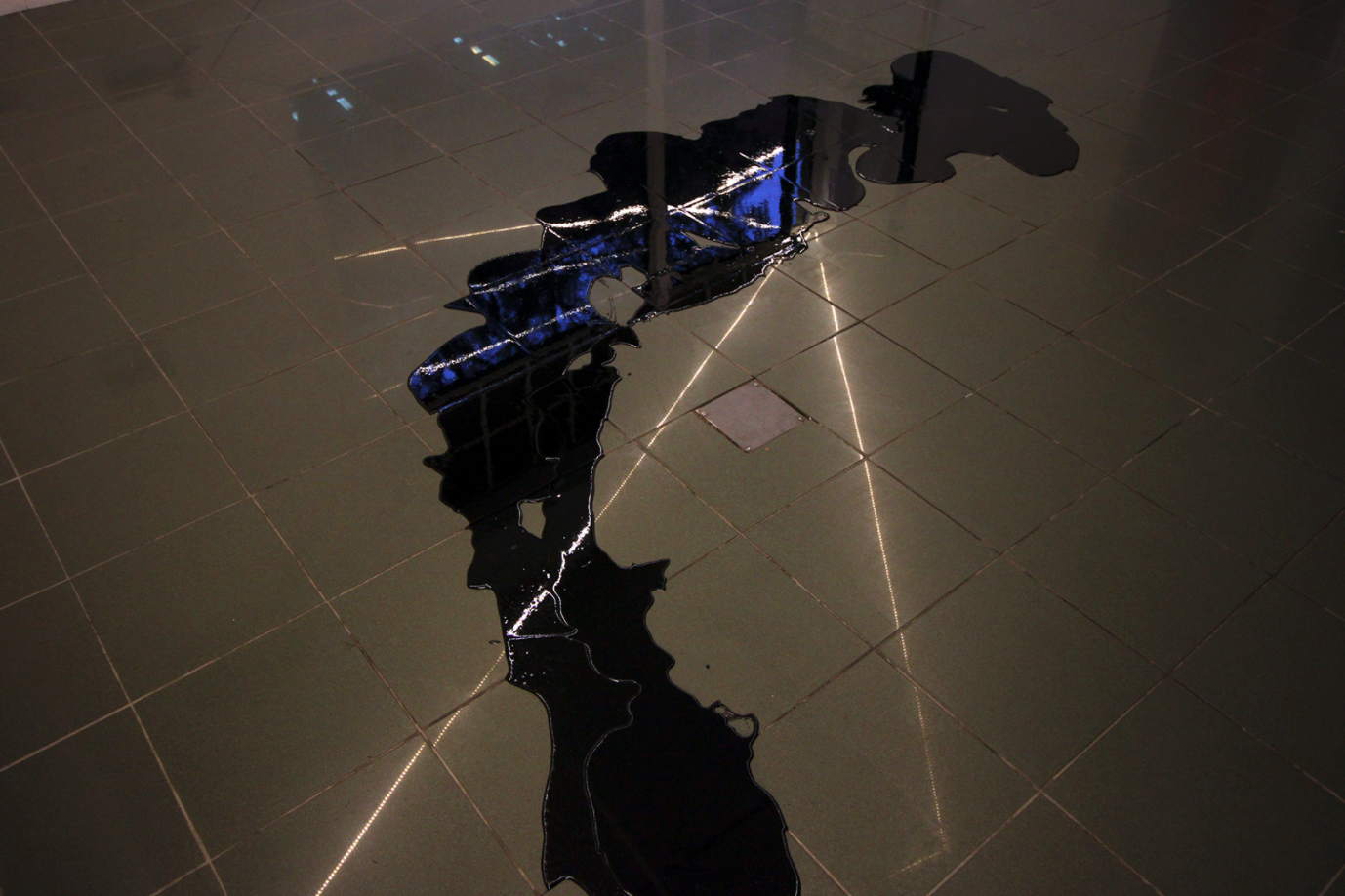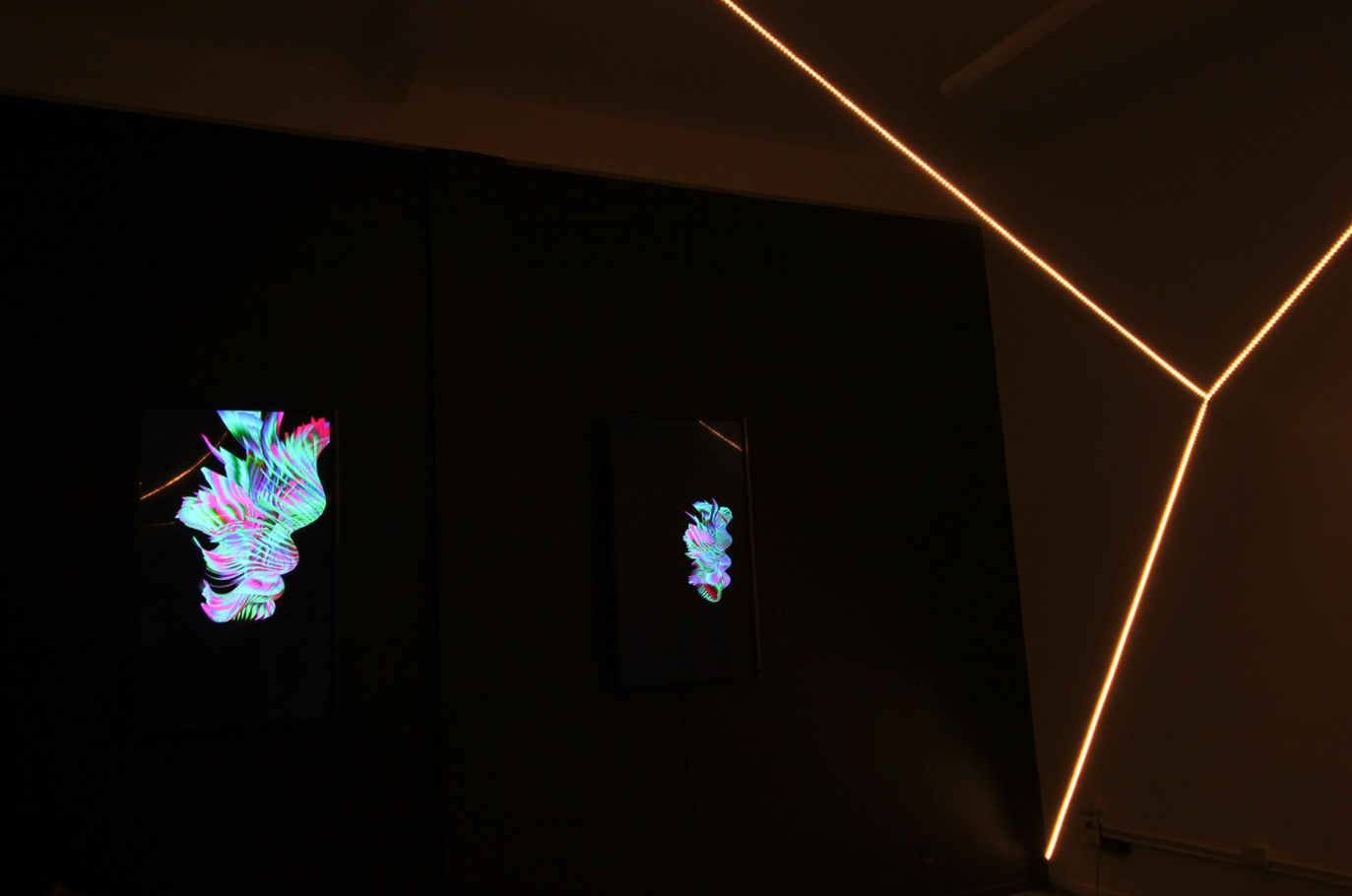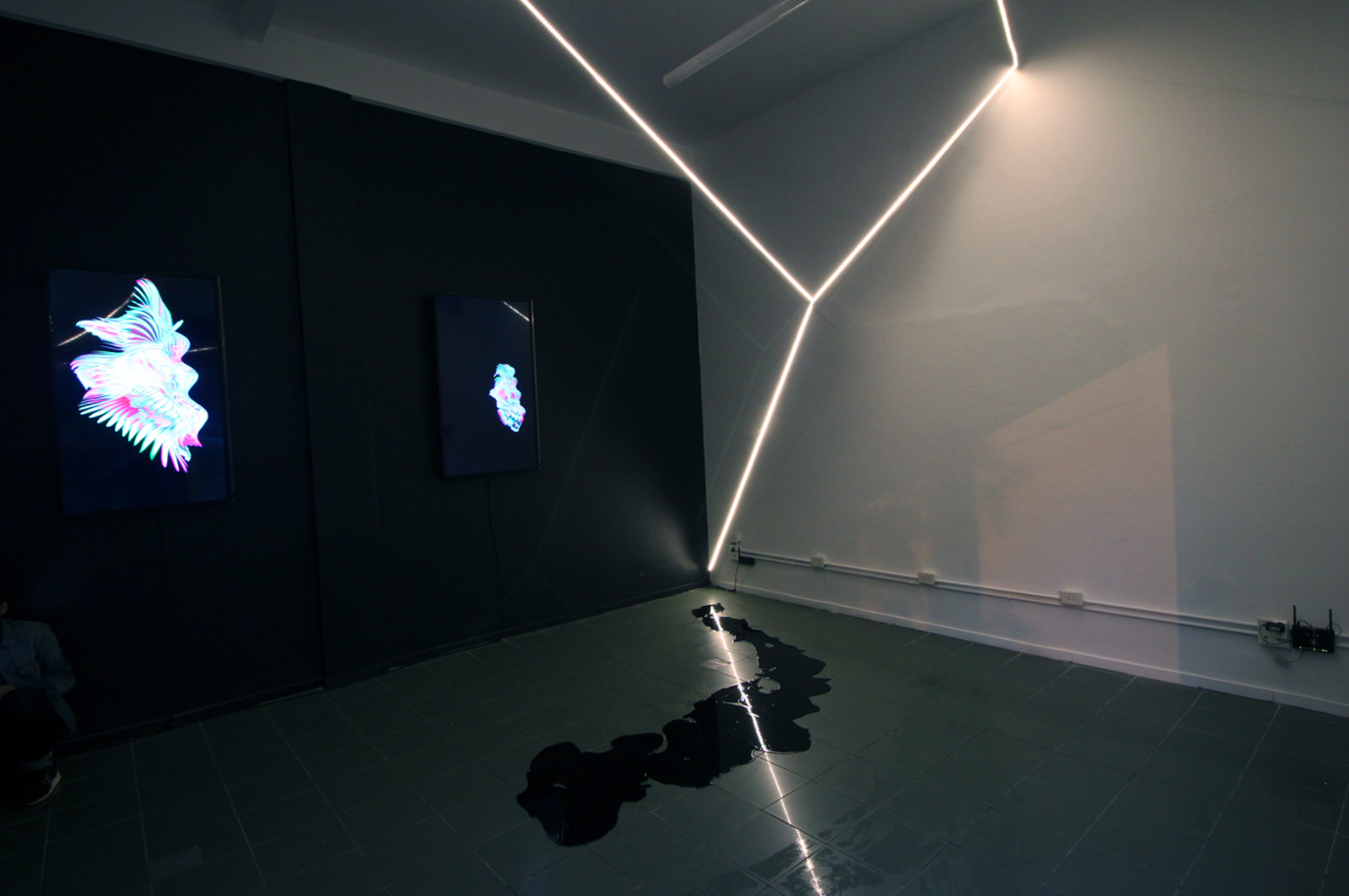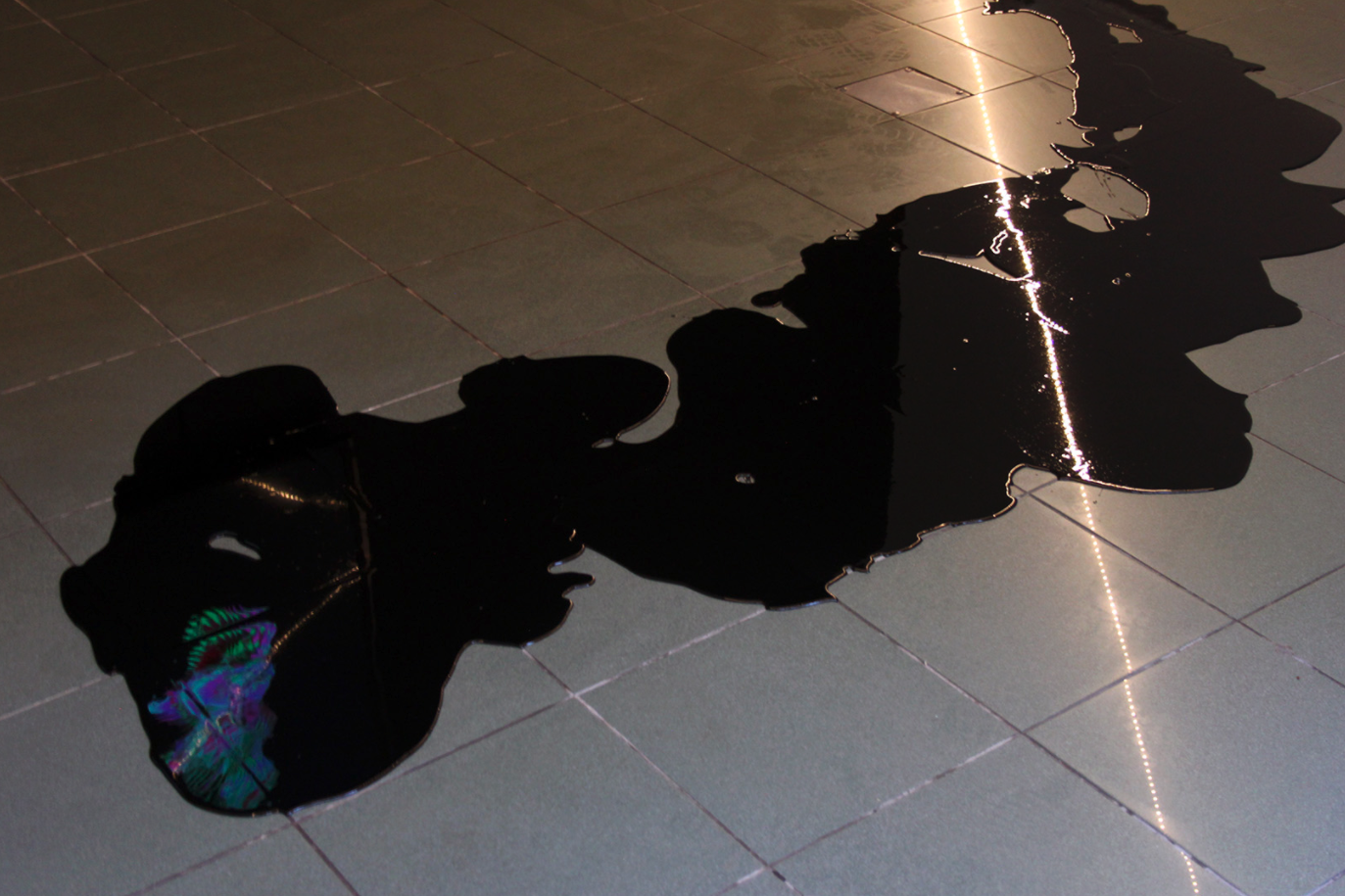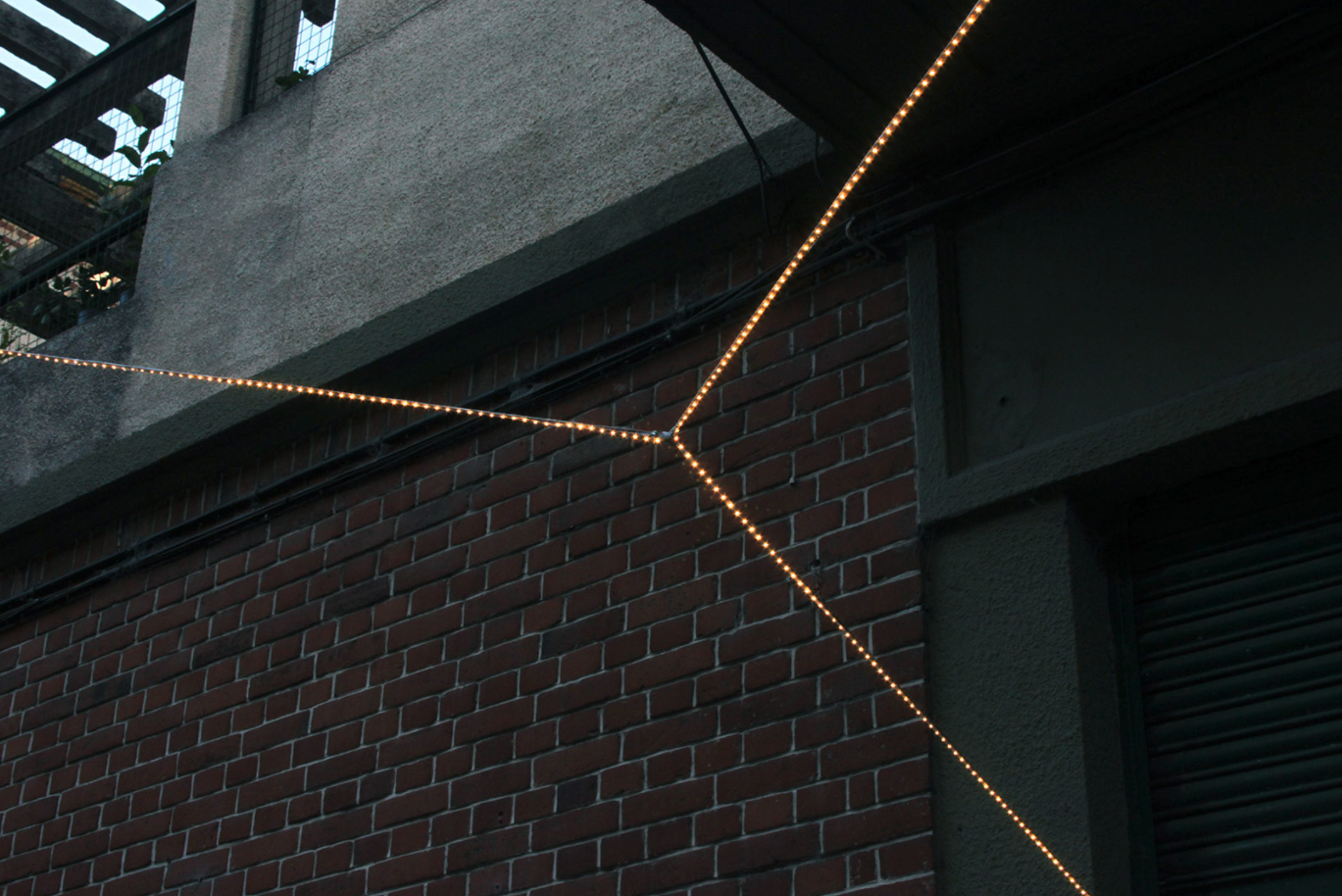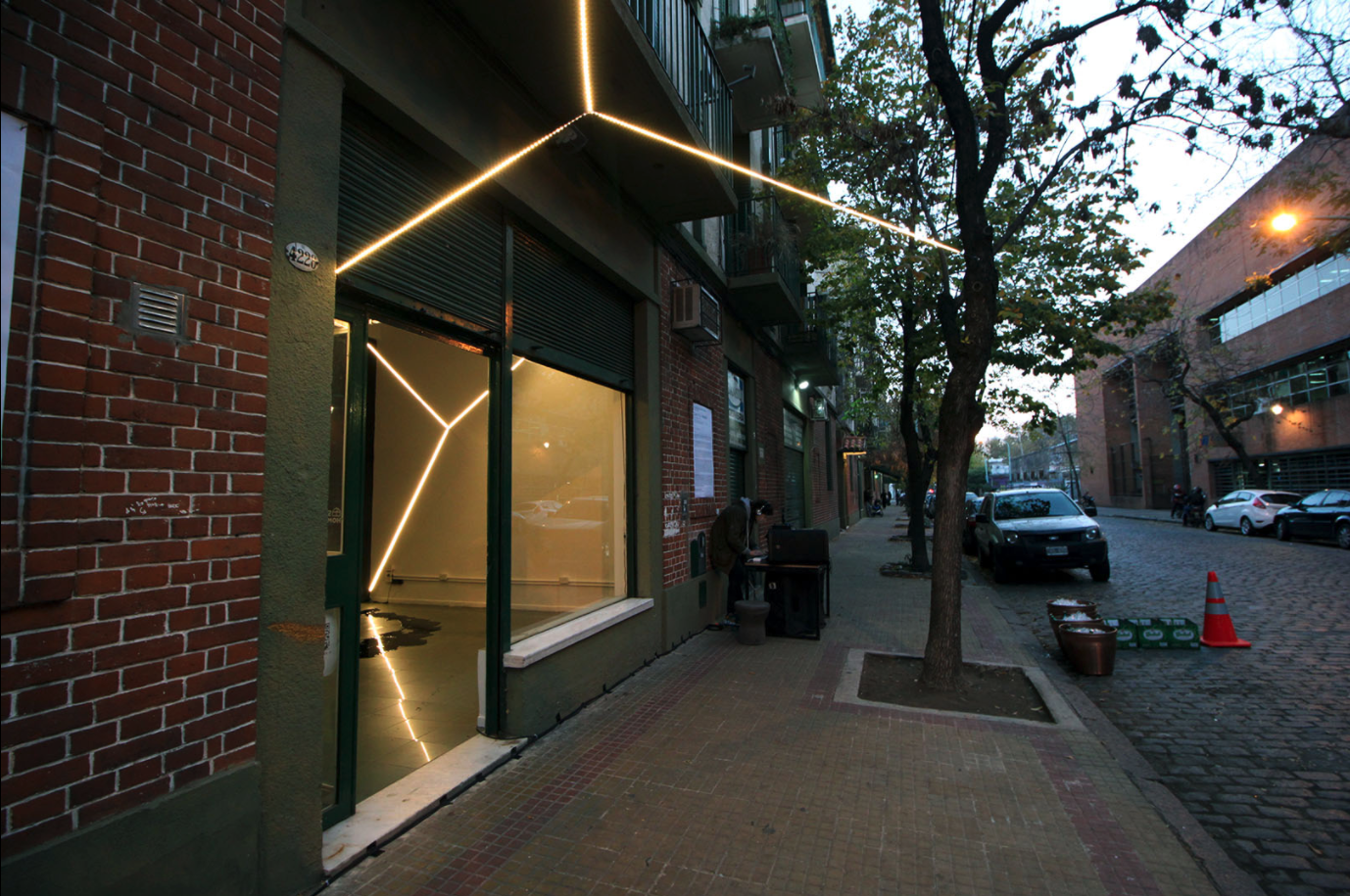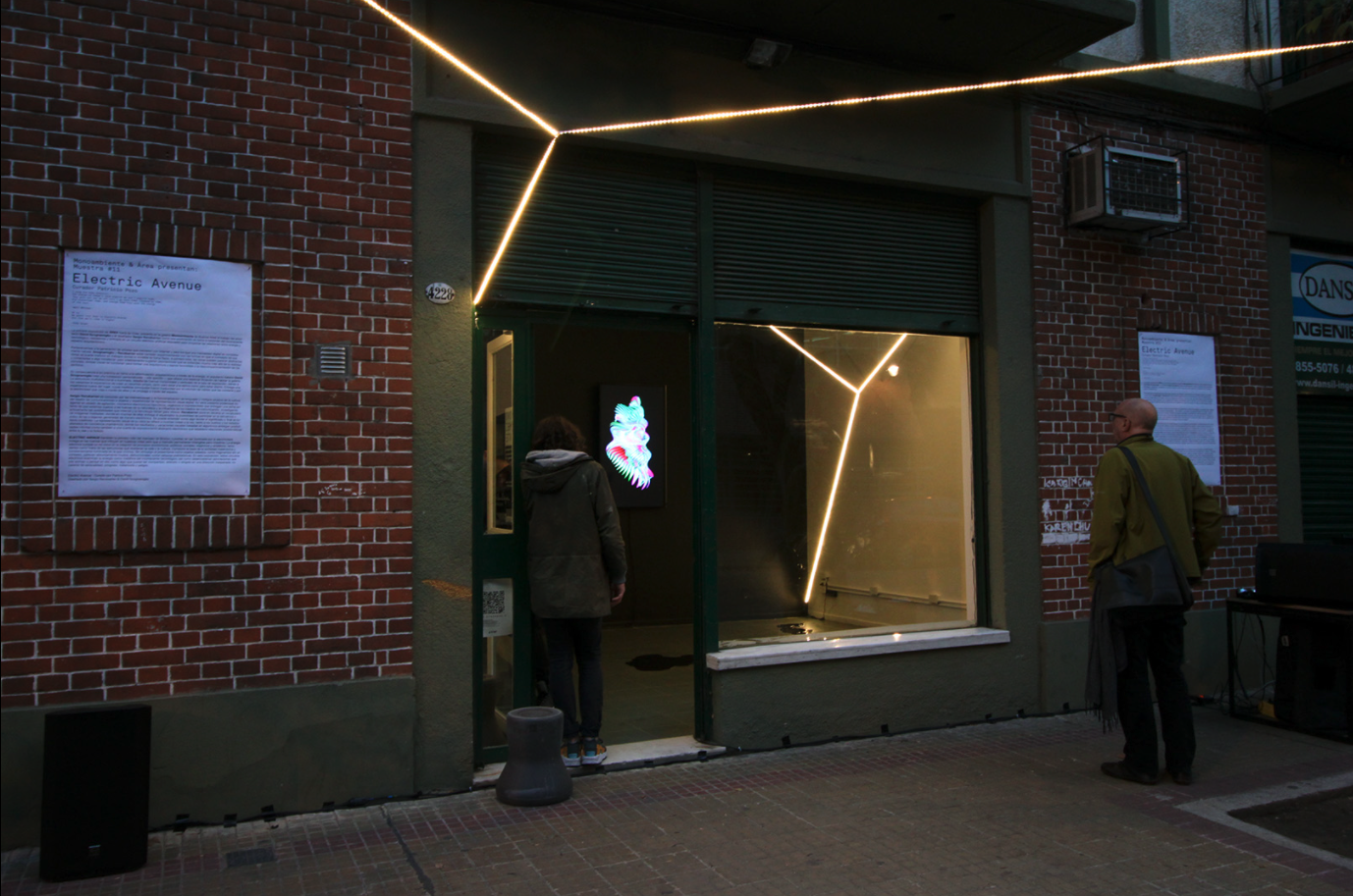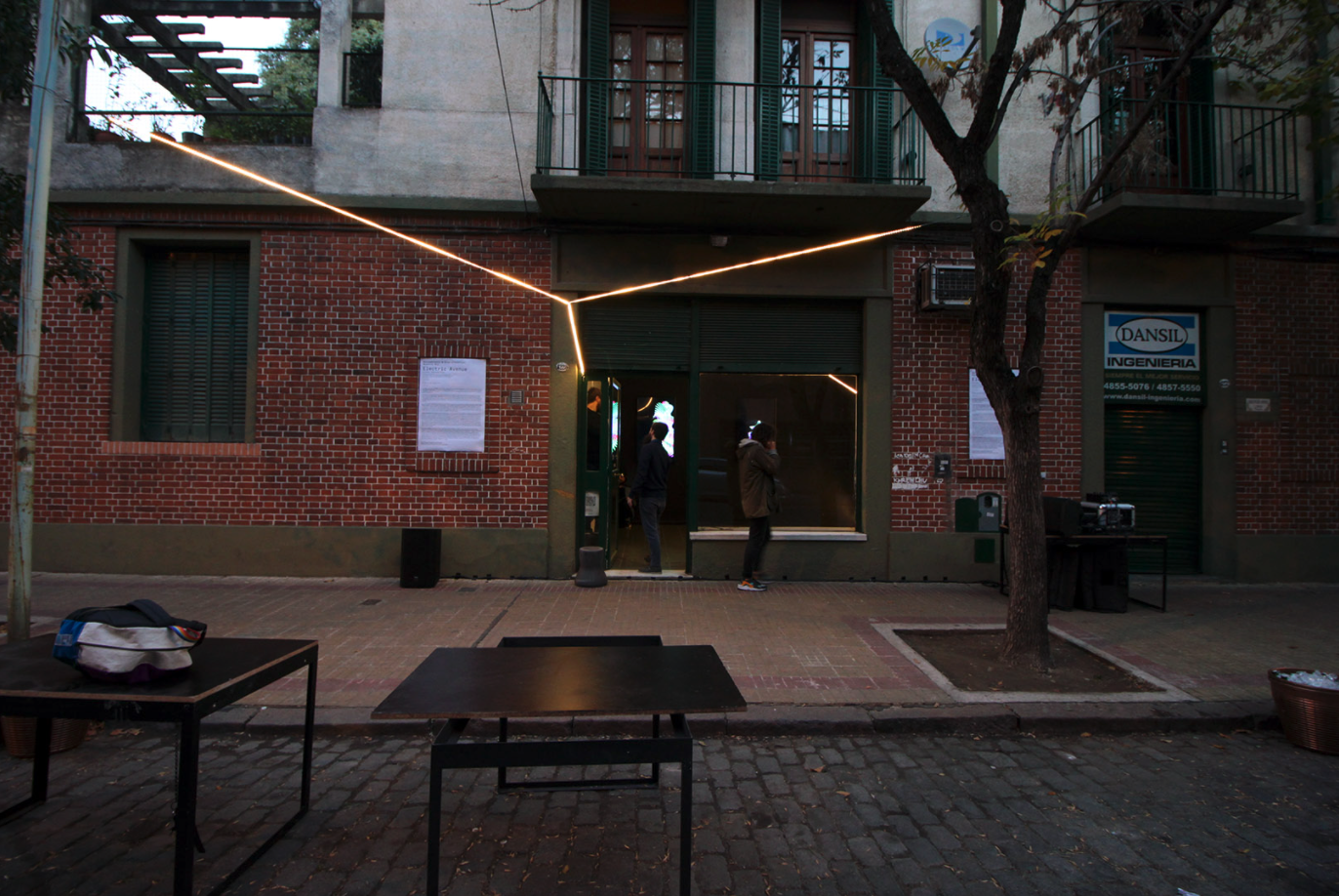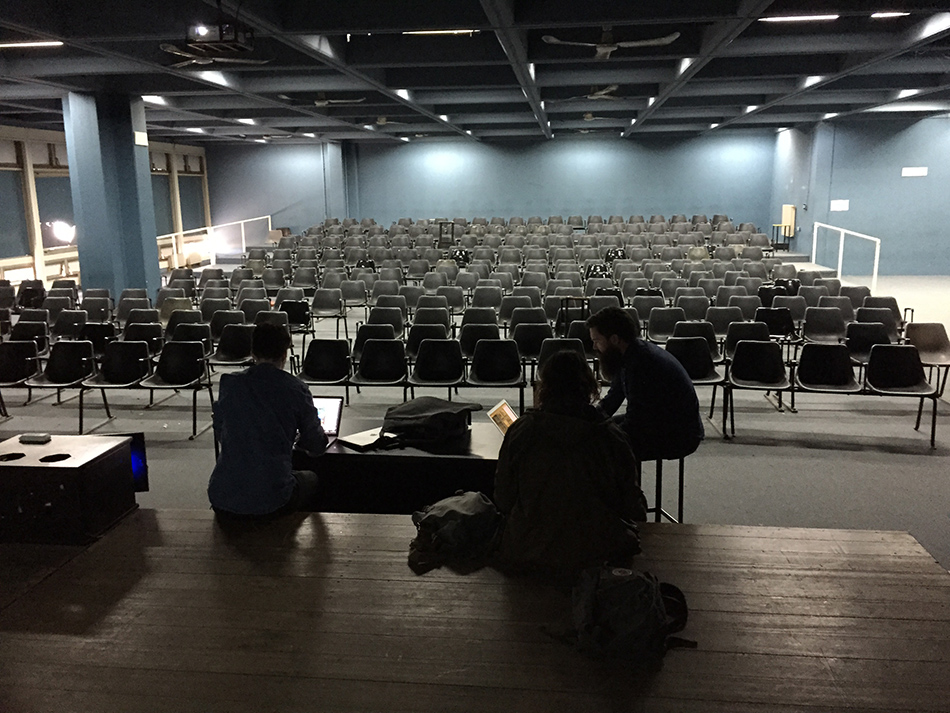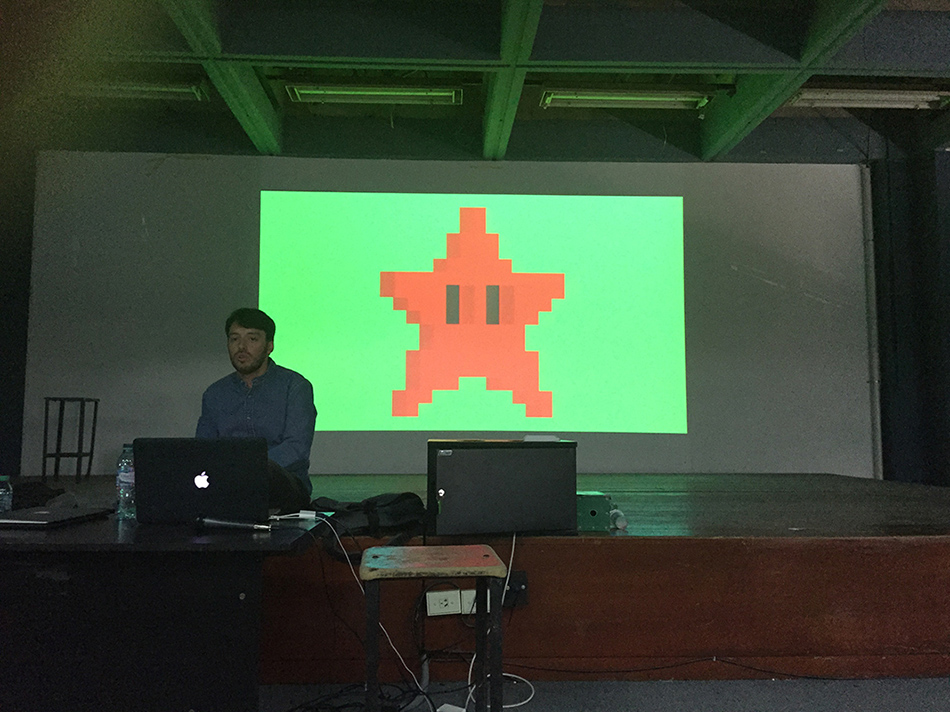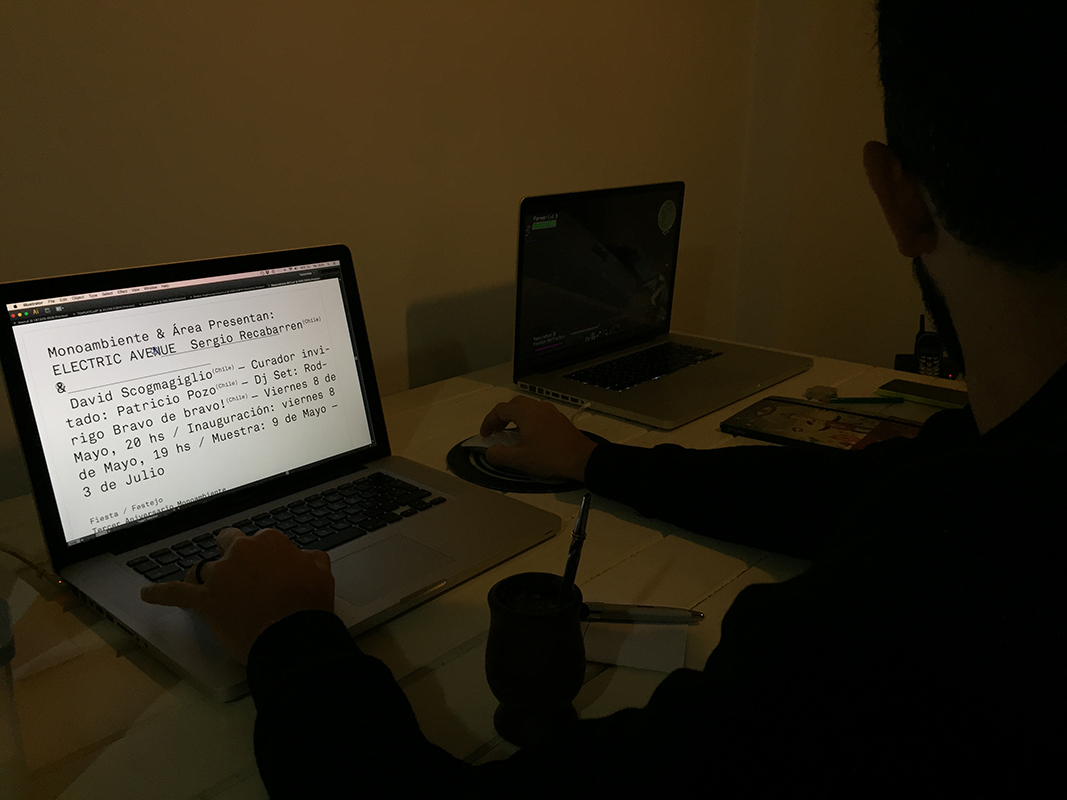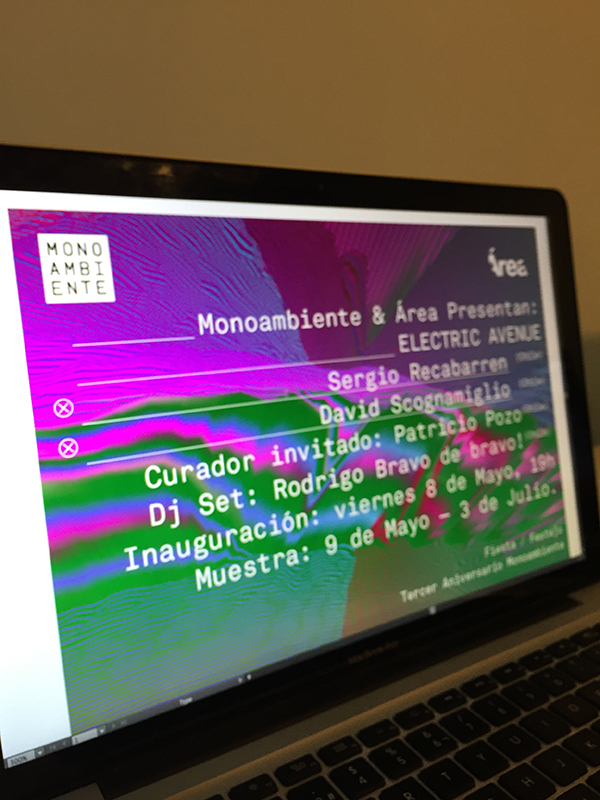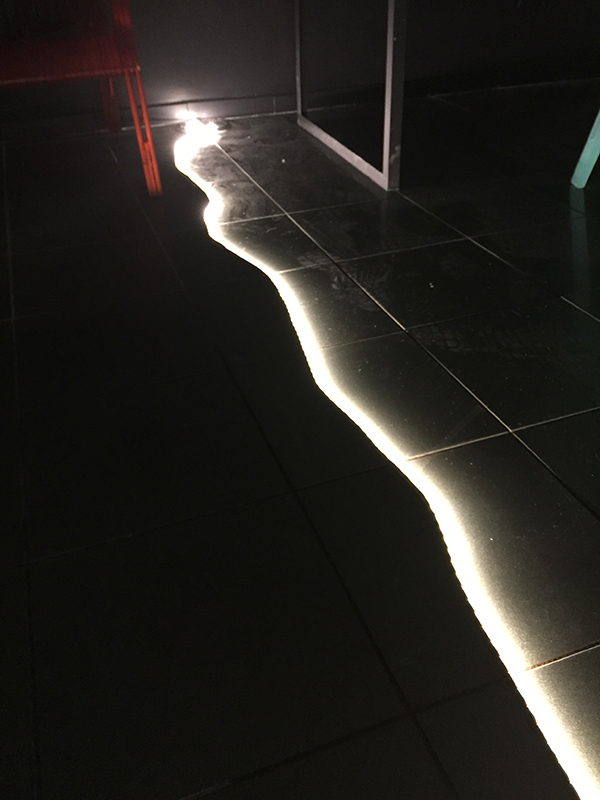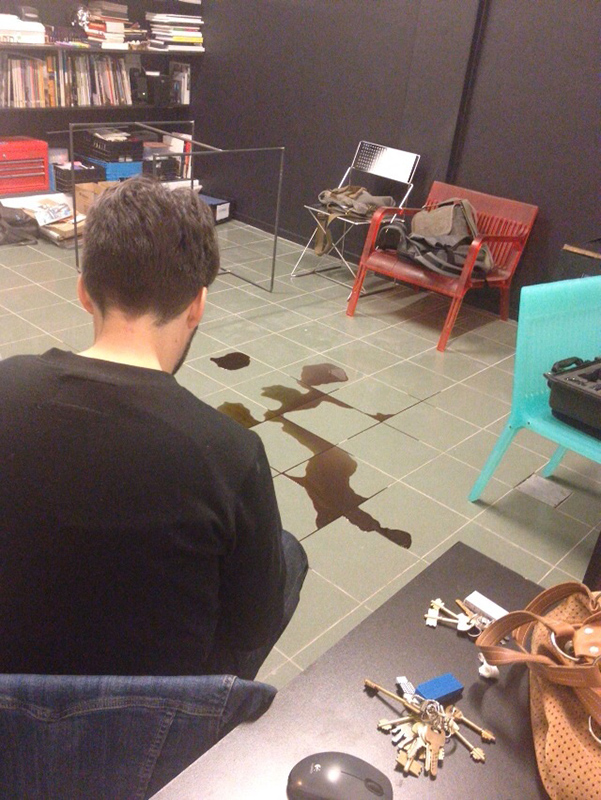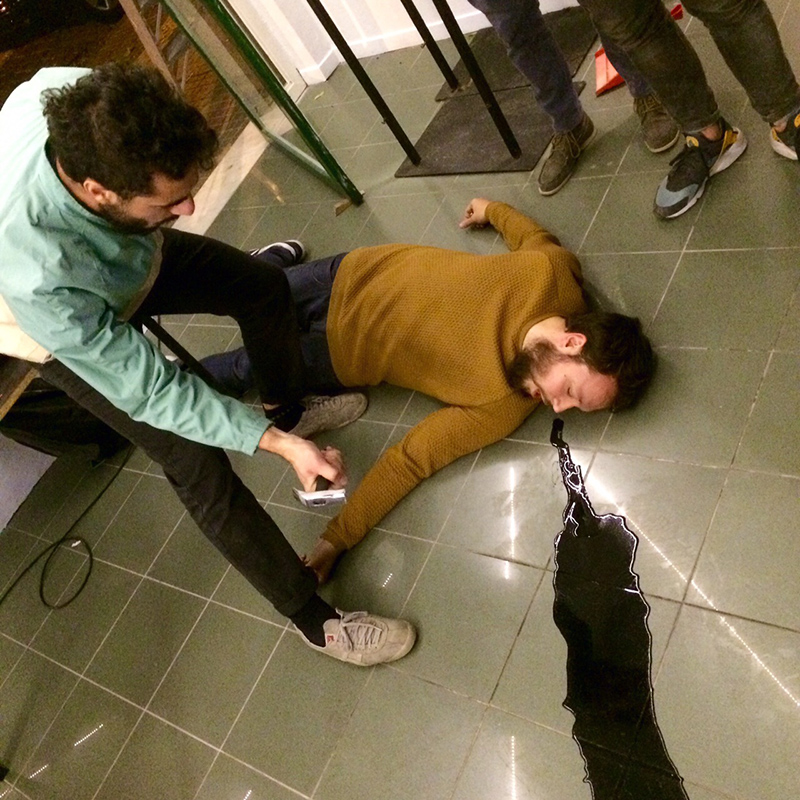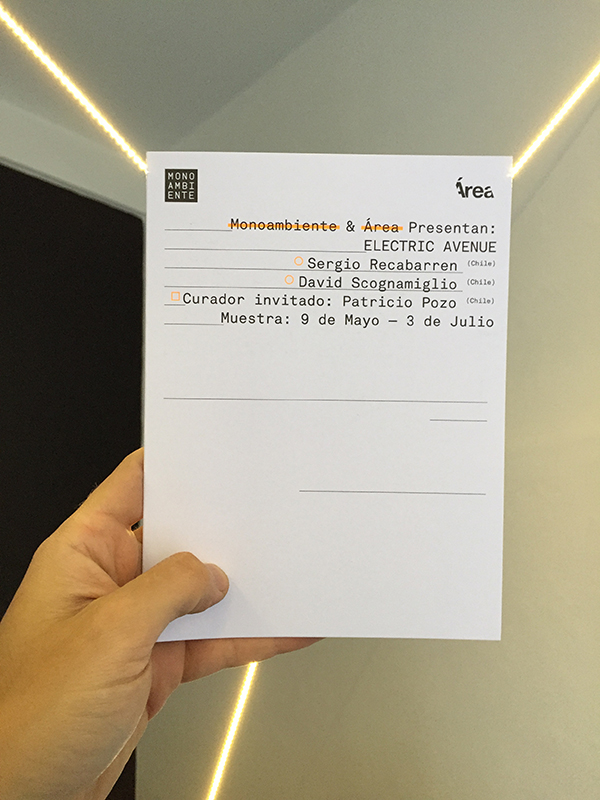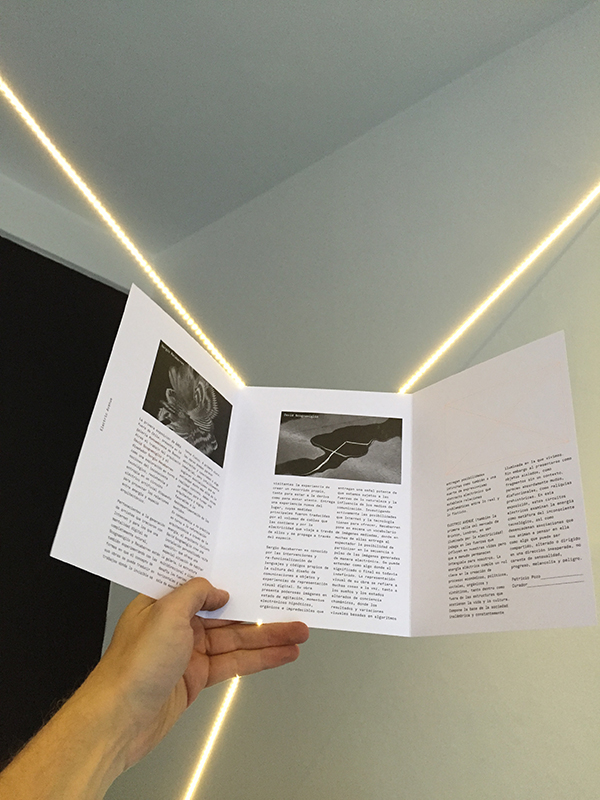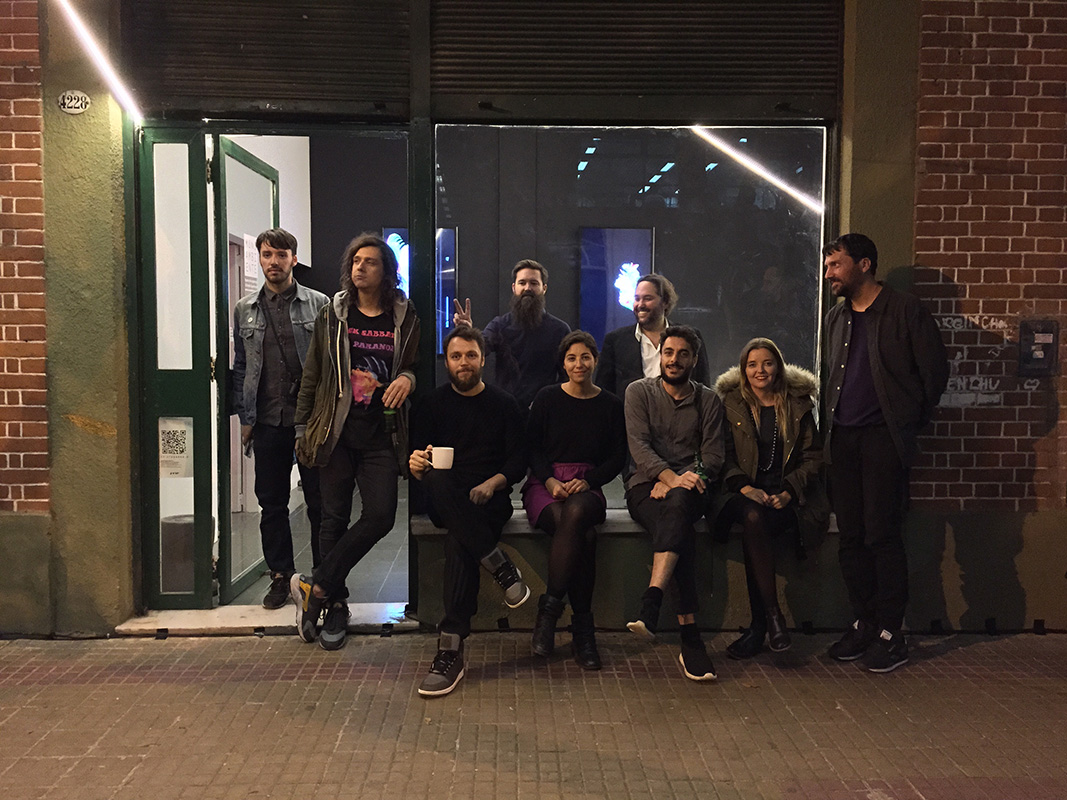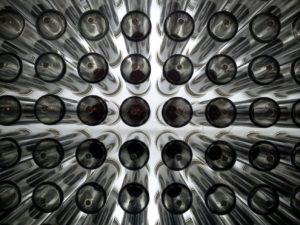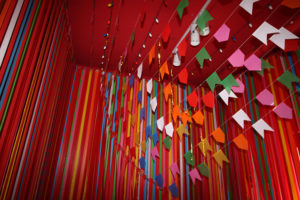Muestra 11
Electric Avenue curated by Patricio Pozo ● Constellations / Place by David Scognamiglio ● 3B4g36-M (2015) by Sergio Recabarren
08/05/2015 - 05/06/2015
Curator
Curatorial text by Martin Huberman
I declare myself a fan of those words that are loaded with meanings that allow me to look for personal ways of appropriating them, I like the projective exercise of looking for new meanings in the dictionary every time I fall in love with a word. Curate, without a doubt, is not one of them. During these three years as “curator” of Monoambiente I felt invaded not only by the discomfort of the self-imposed title, but also by the annoying and predominant healing character that the dictionary confers on the word “cure”. For me, the meaning acquired by it in the world of art, of which I still don’t know the rules and systems, but which has undoubtedly managed to unfold definitions to make it its own, even outside the dictionary, is very strange.
I find it difficult to adopt such terms across disciplines when the notions of work and artist are so different. It feels wrong to make it one’s own without first having tested it in the vast experimental field of design disciplines.
That is why this year, Monoambiente, worships this search by summoning different ways of making this word one’s own by offering a field of action to curators, those agents who project, among designers and experiences, the way of looking at our discipline.
Through this simple gesture Monoambiente tries to expand the horizons of its own language as a first step in the transformation of the gallery into a cultural institution.
Monoambiente opens the new season of exhibitions whose main theme is Curators.
Exhibition #11 curated by Patricio Pozo entitled, Electric Avenue, presents the work of architect David Scognamiglio and designer Sergio Recabarren as an exploration around notions of the technological unconscious, resistance and entropy in an artificial electrical circuit arranged to project the relationships between energy and architectural space.
This exhibition is co-produced with Área, a Chilean content production unit in the areas of design, architecture, arts and culture in general, based on design. Área’s field of action is contemporary cultural production, from an integrating, multidisciplinary and transversal perspective. Its activity combines critical reflection, conceptual development and creative action, materialising in concrete and incisive interventions in the city. Área is a platform for innovation-oriented work and discussion, open to new challenges and contributions, and sees culture as an integral part of the sustainable development of contemporary society.


